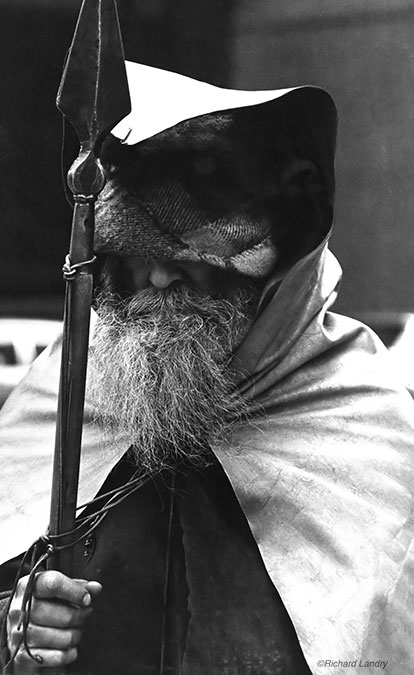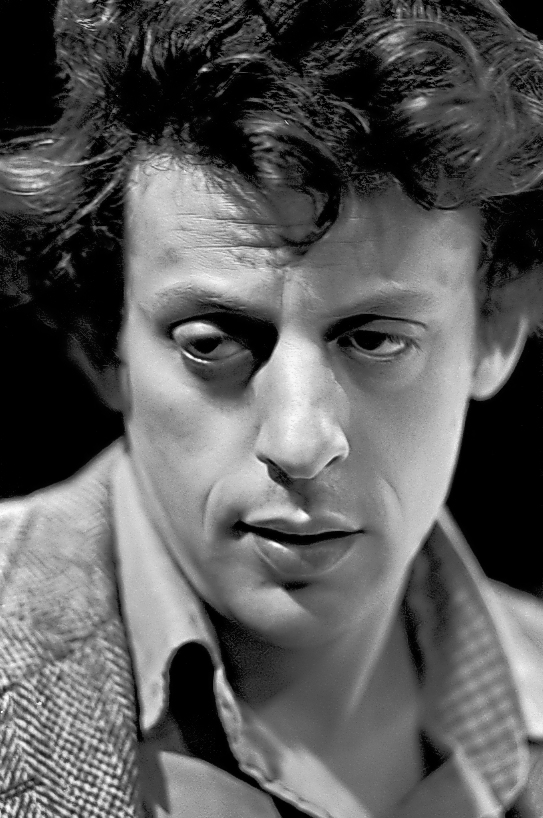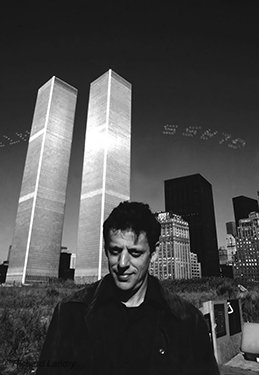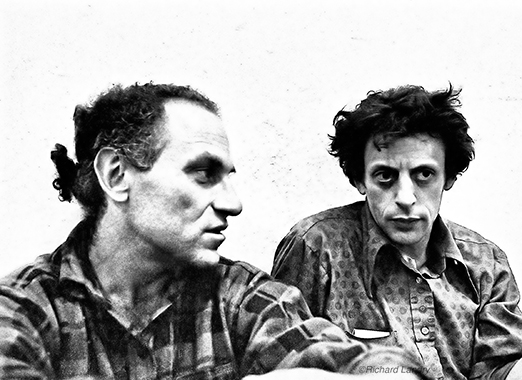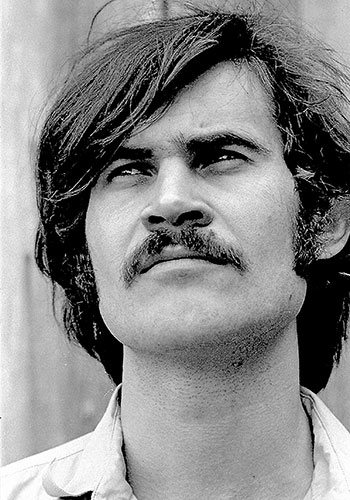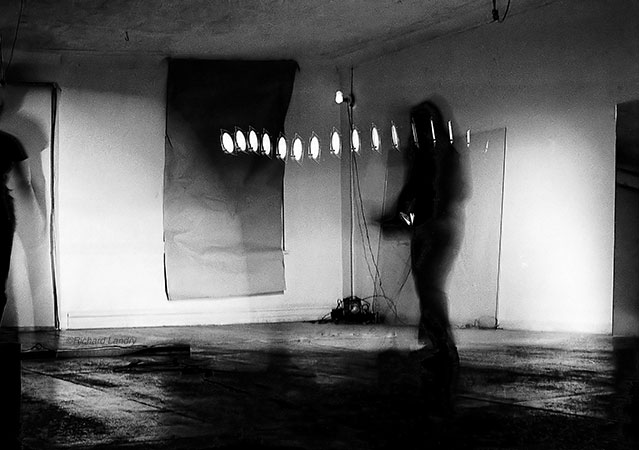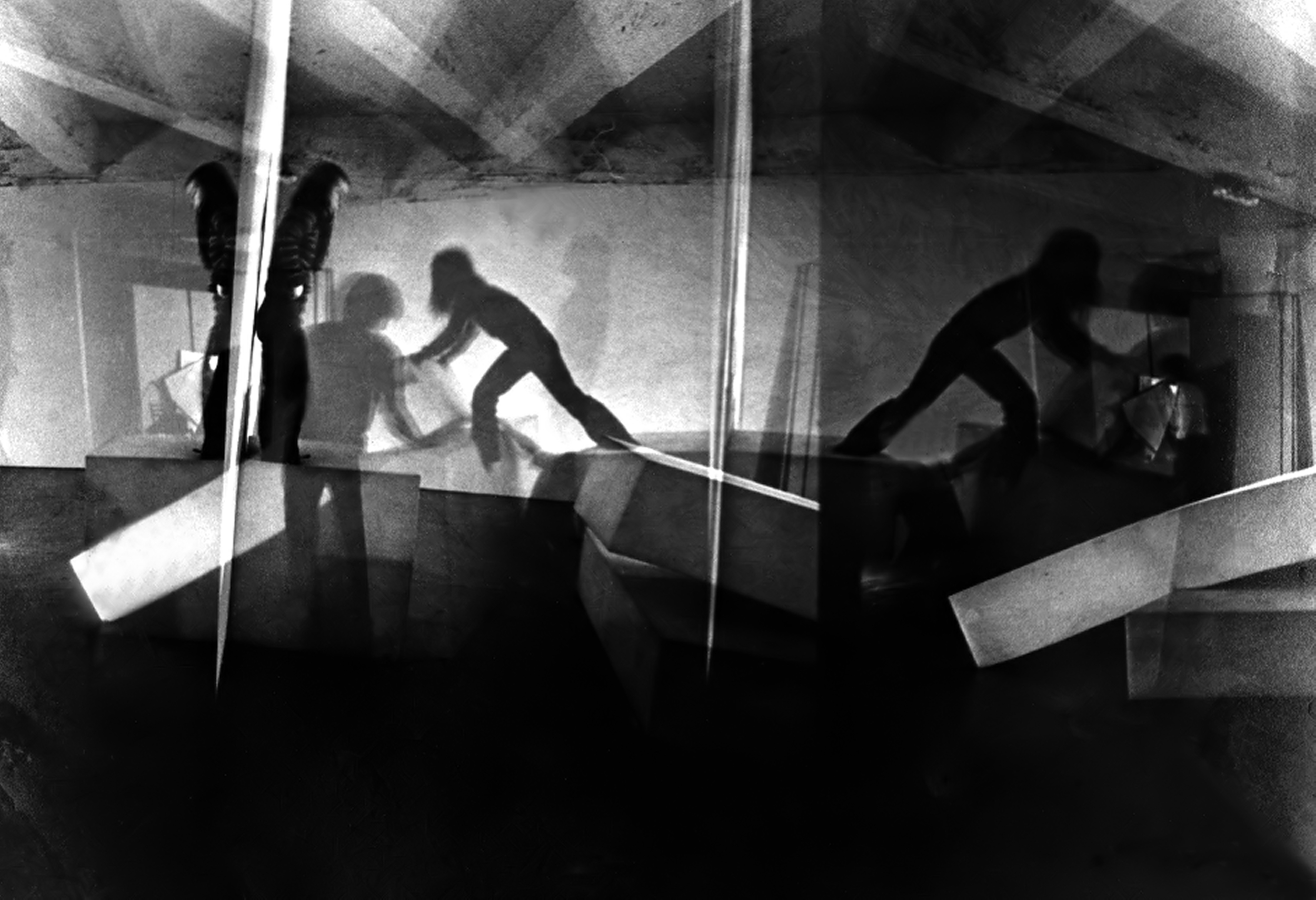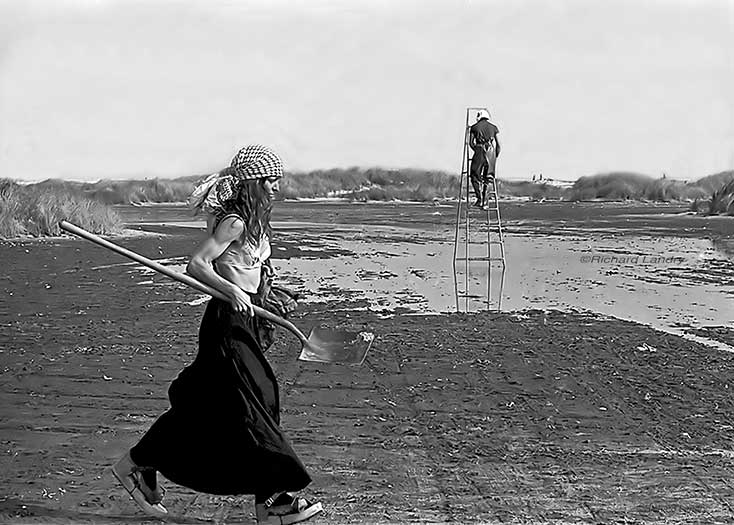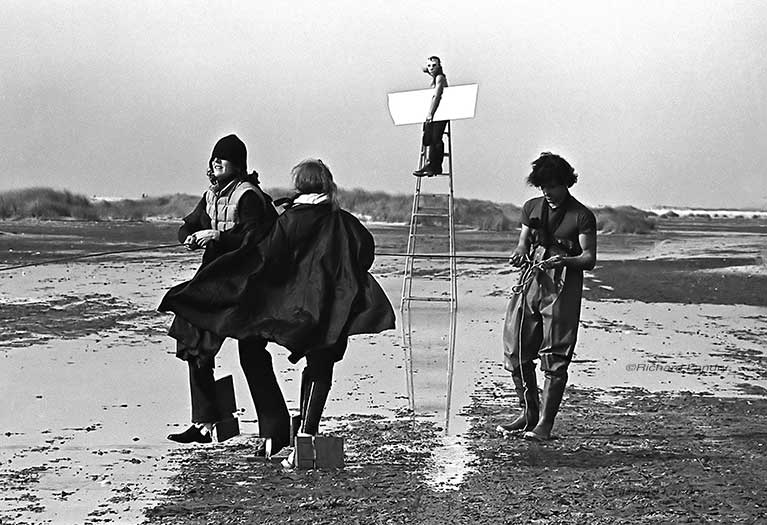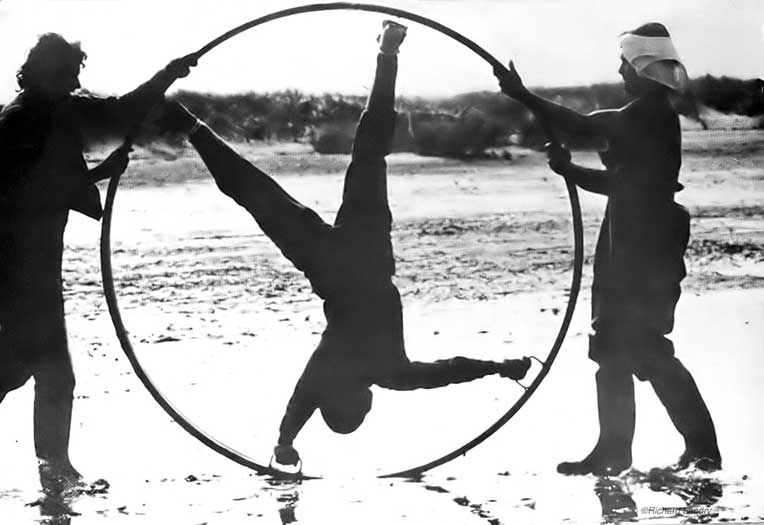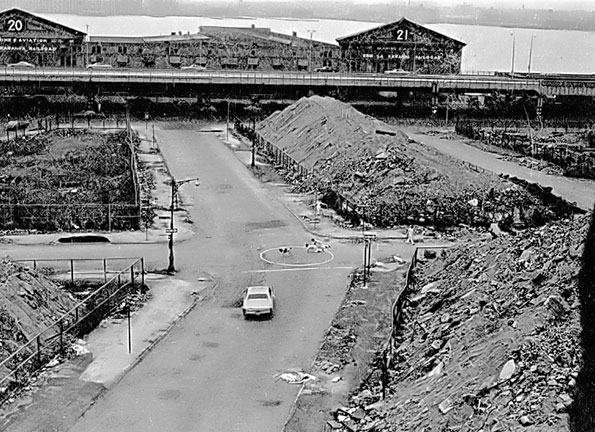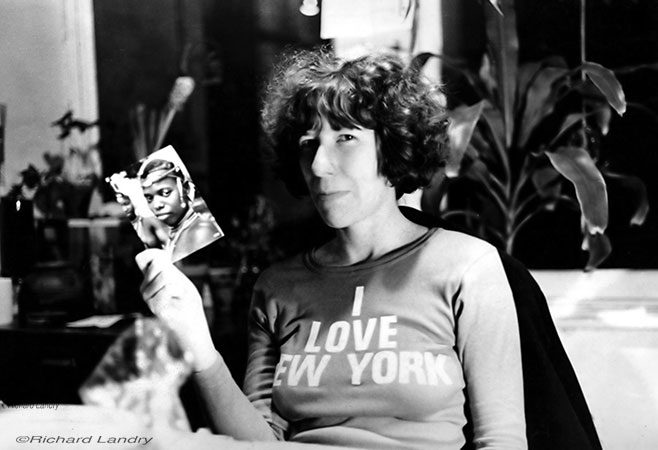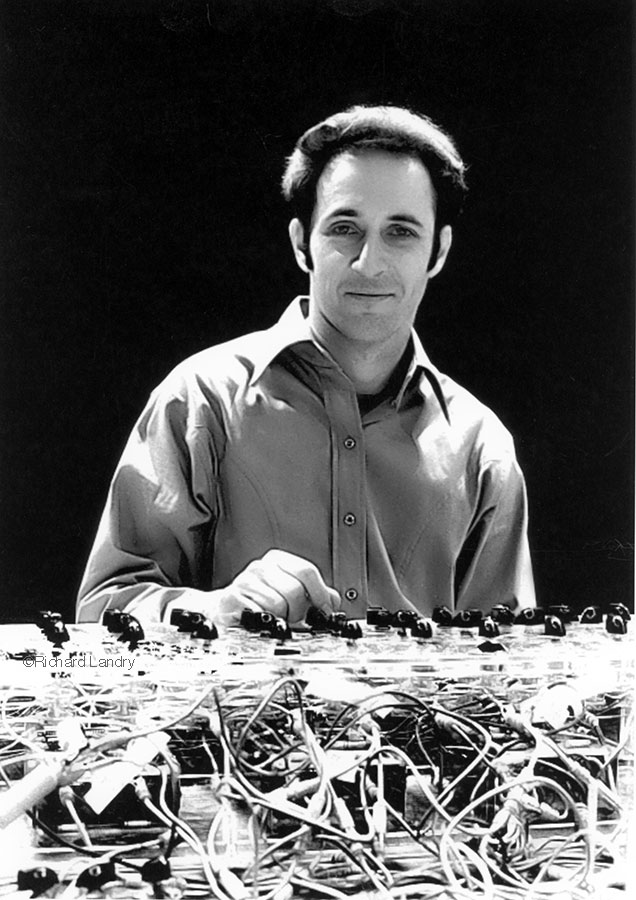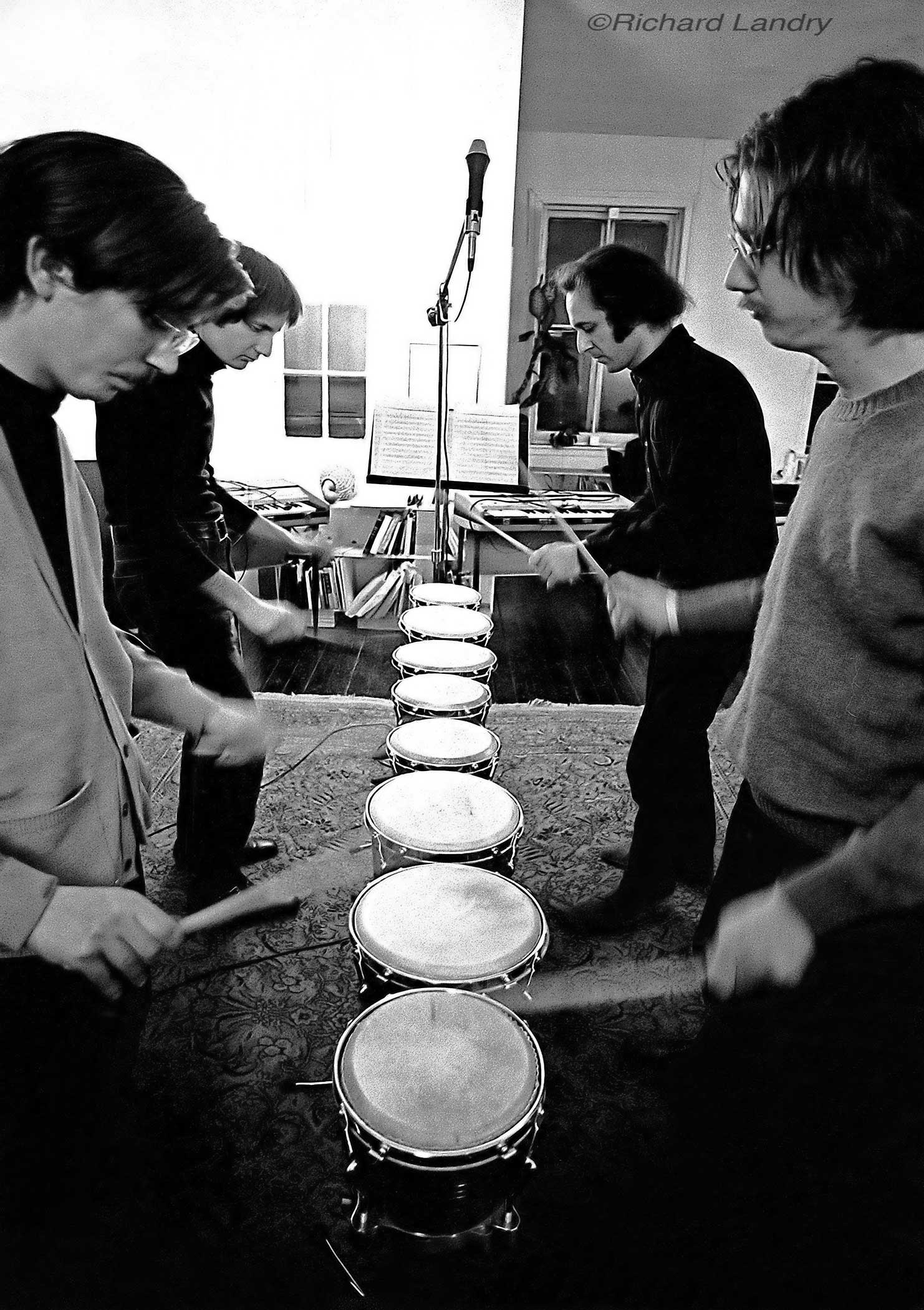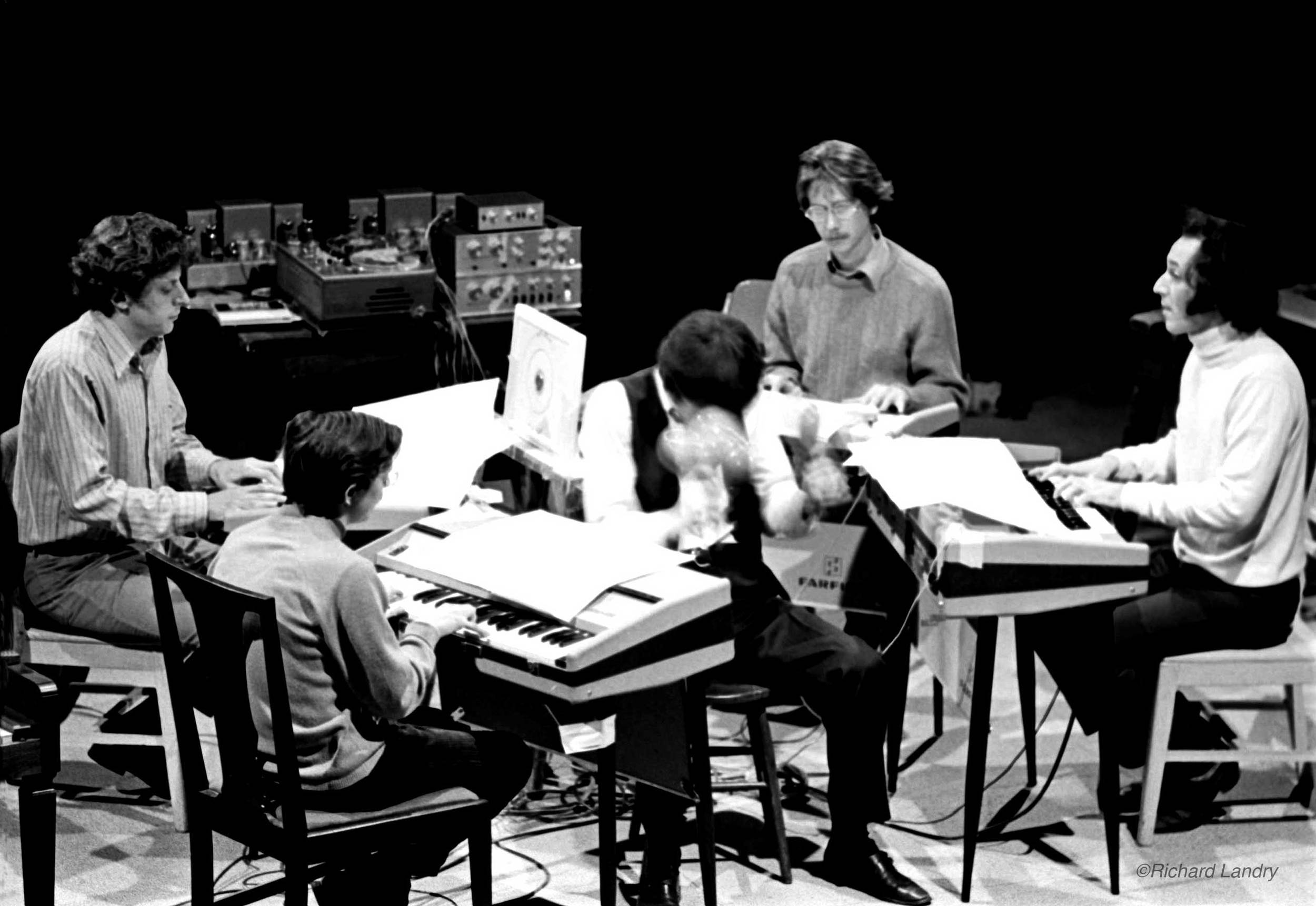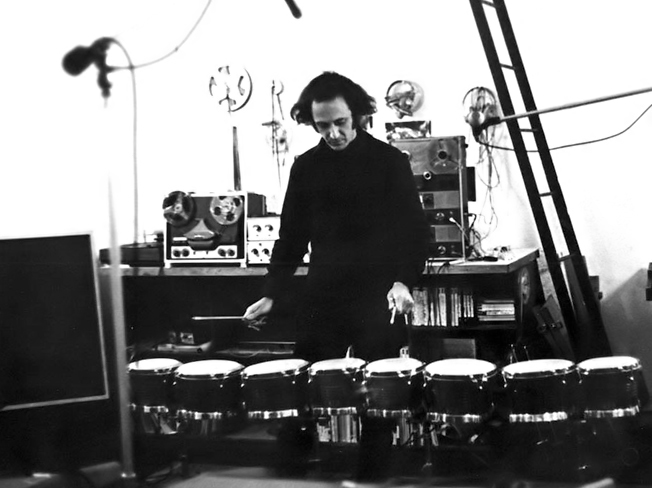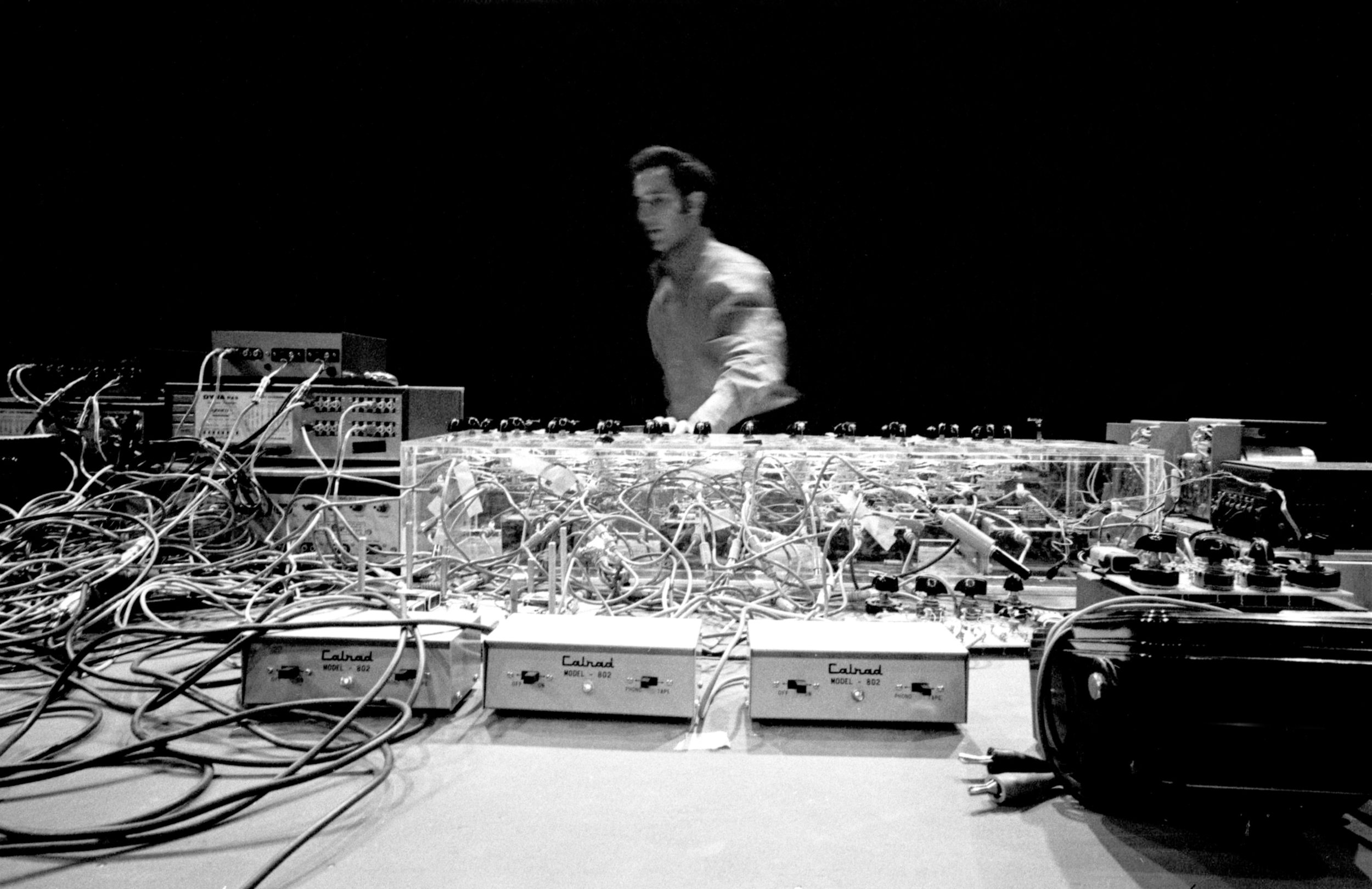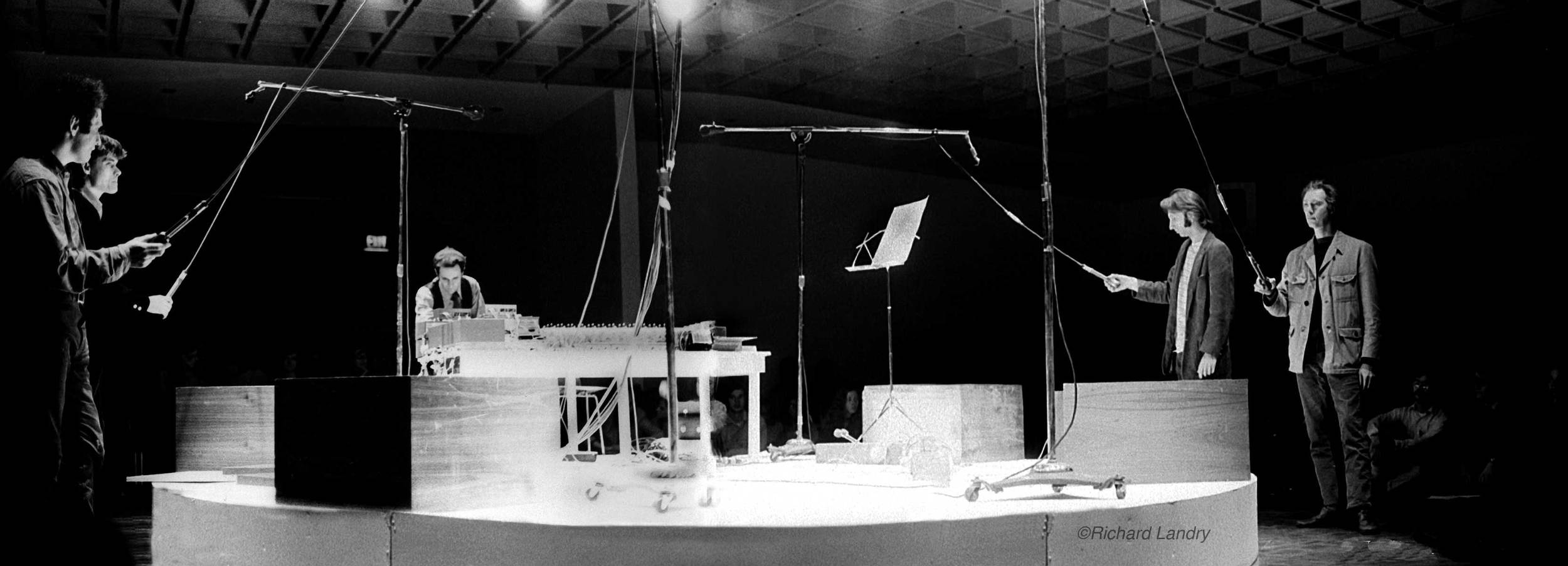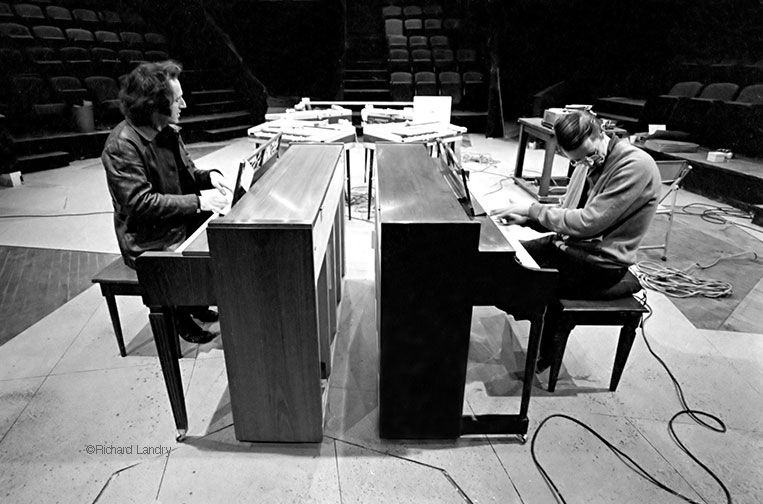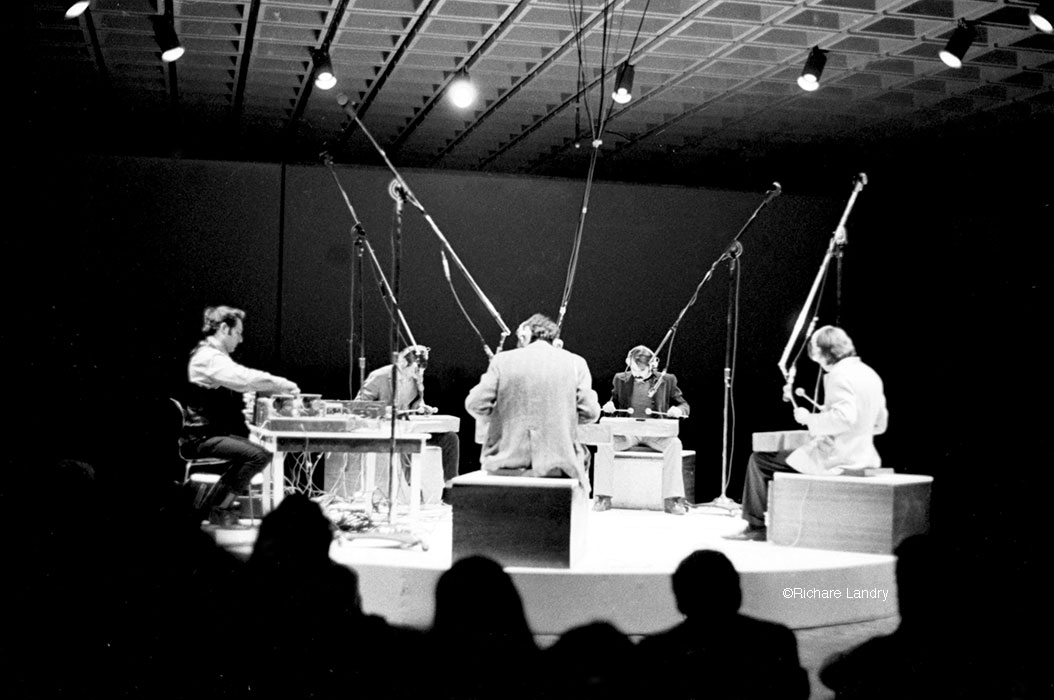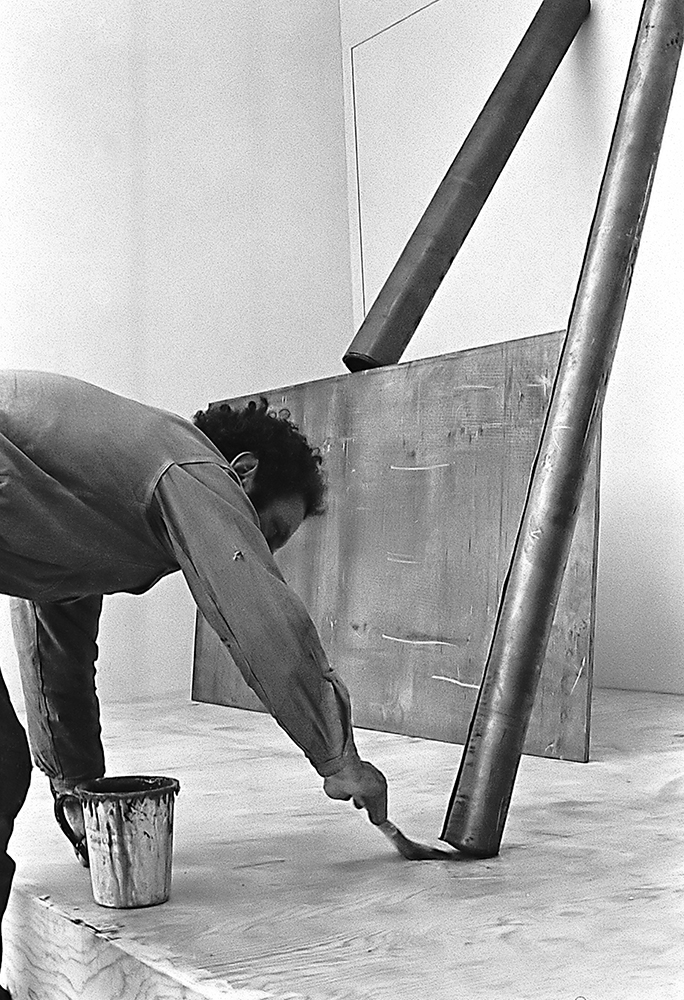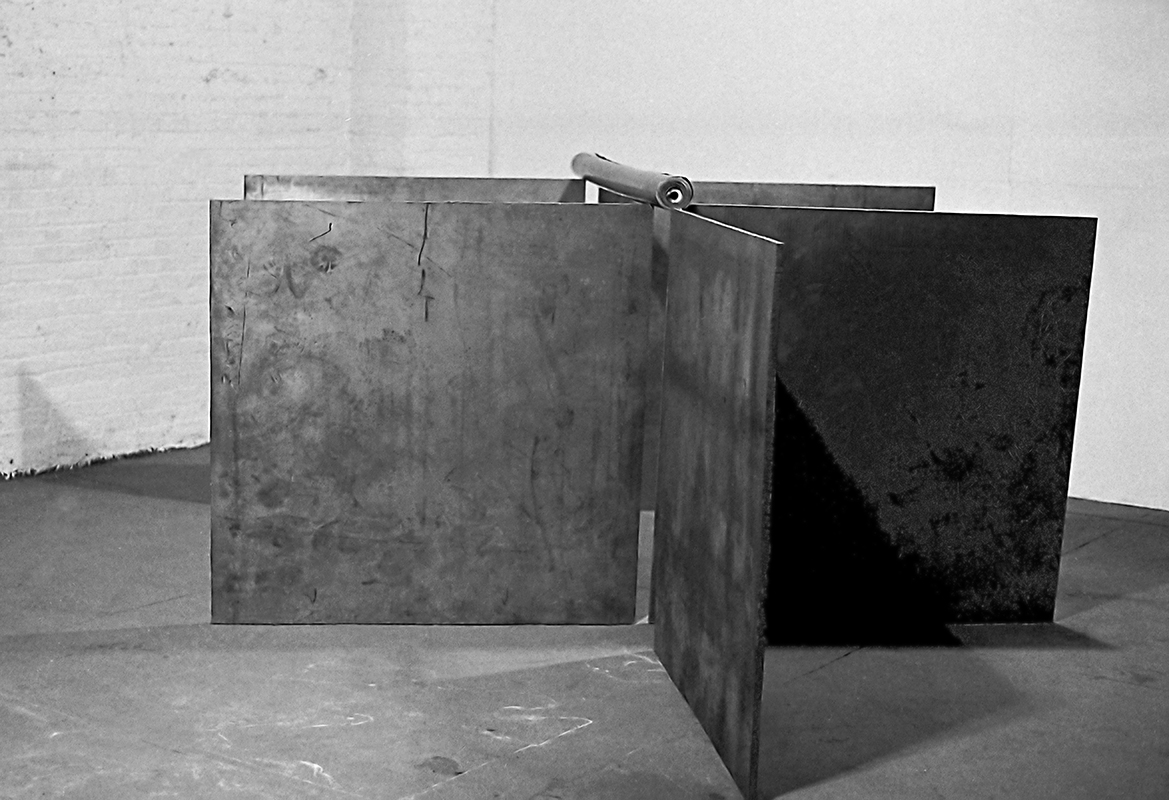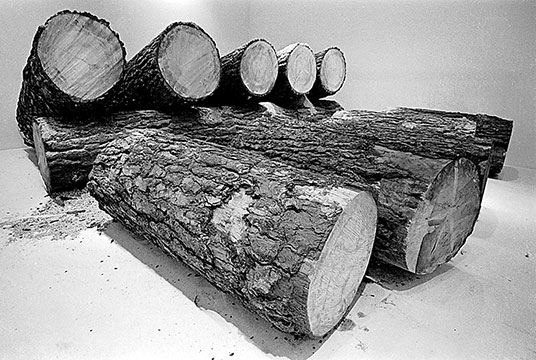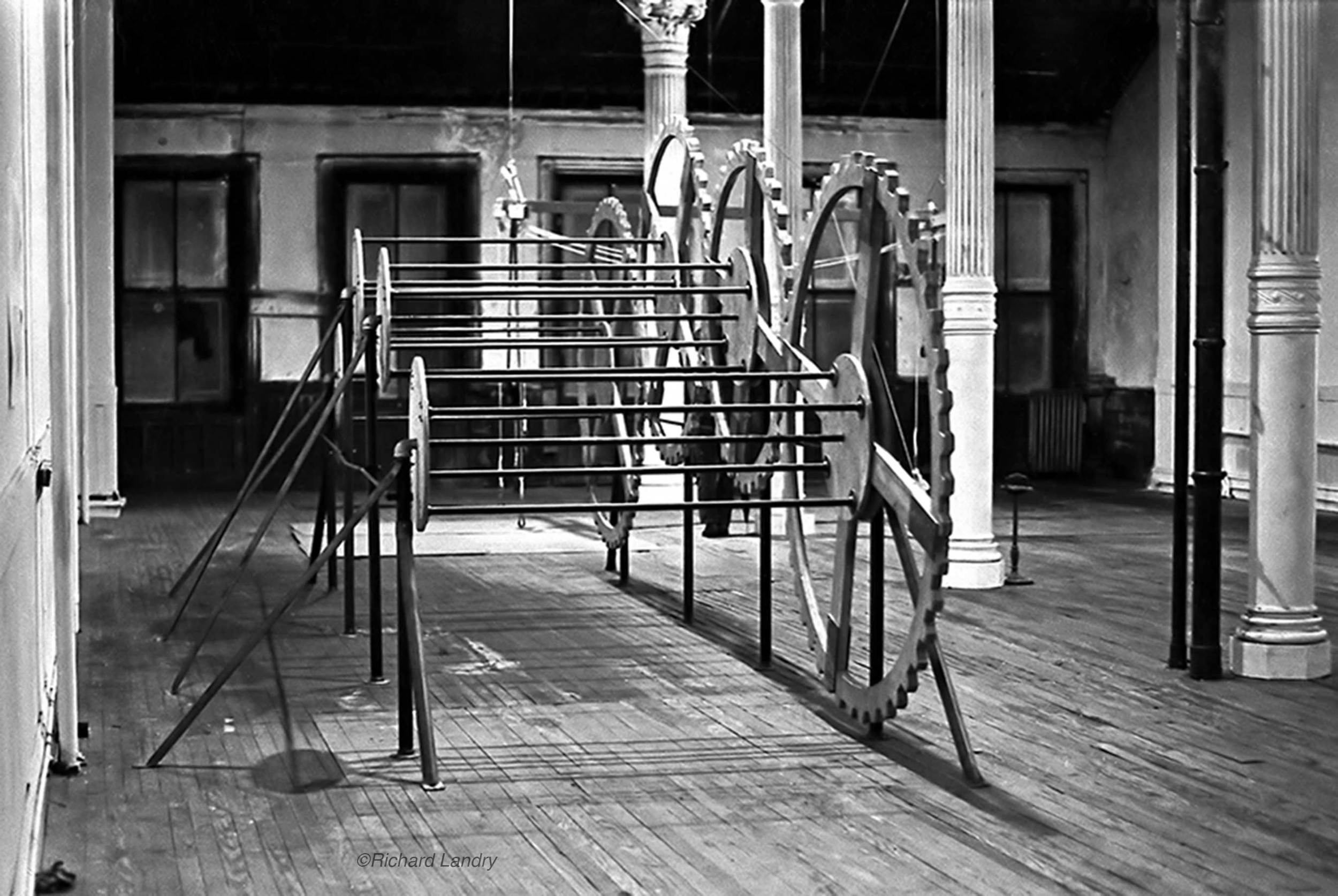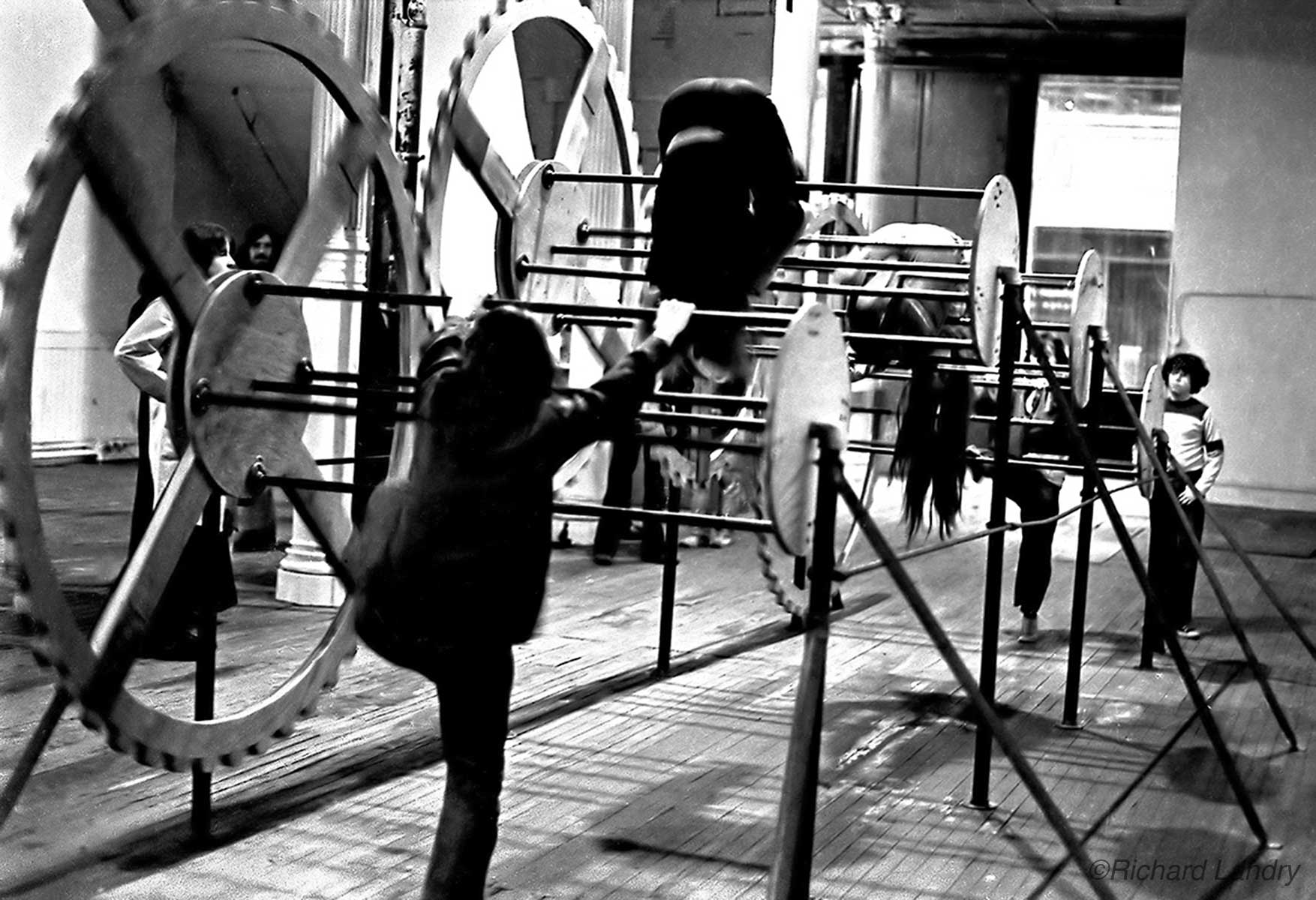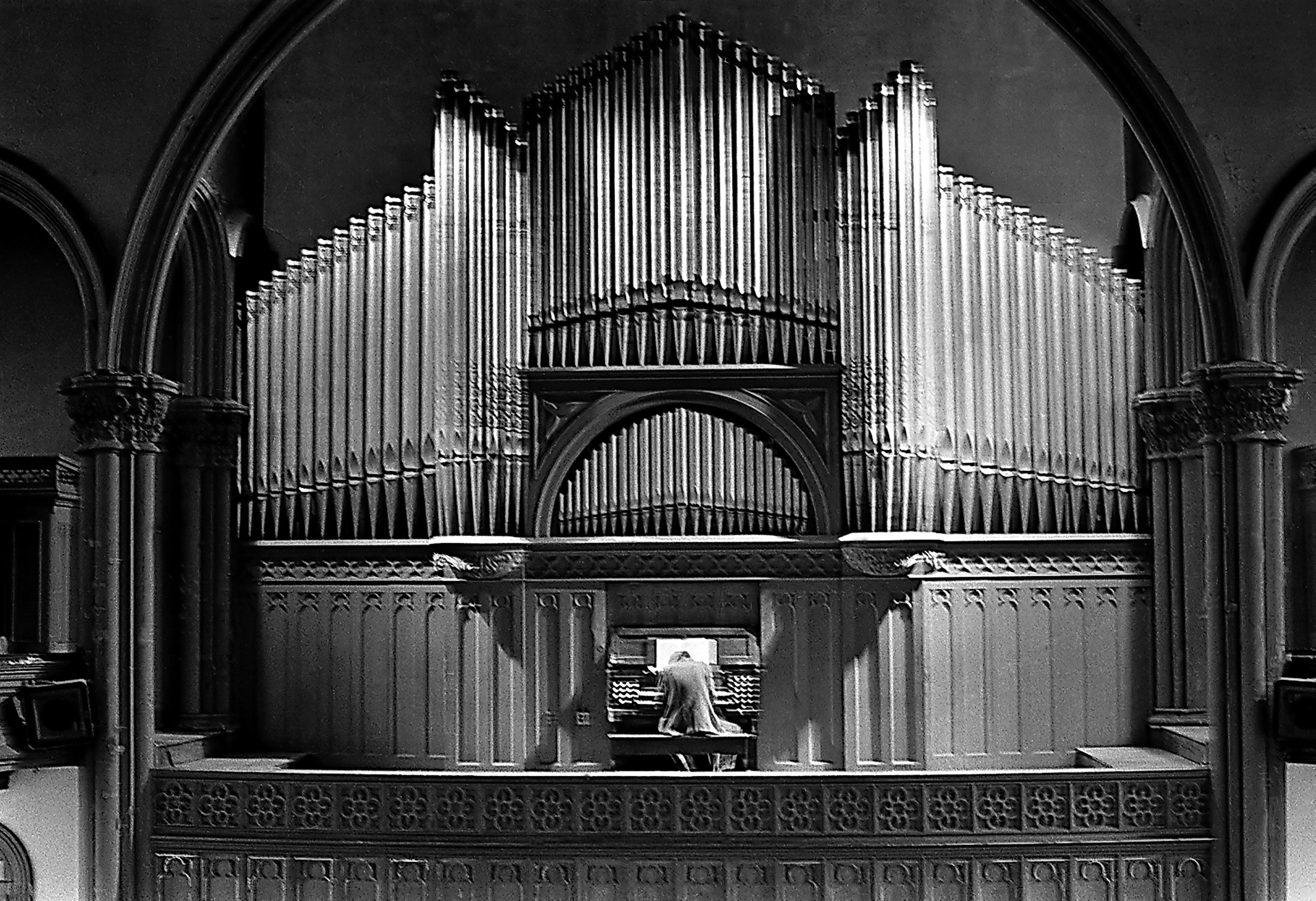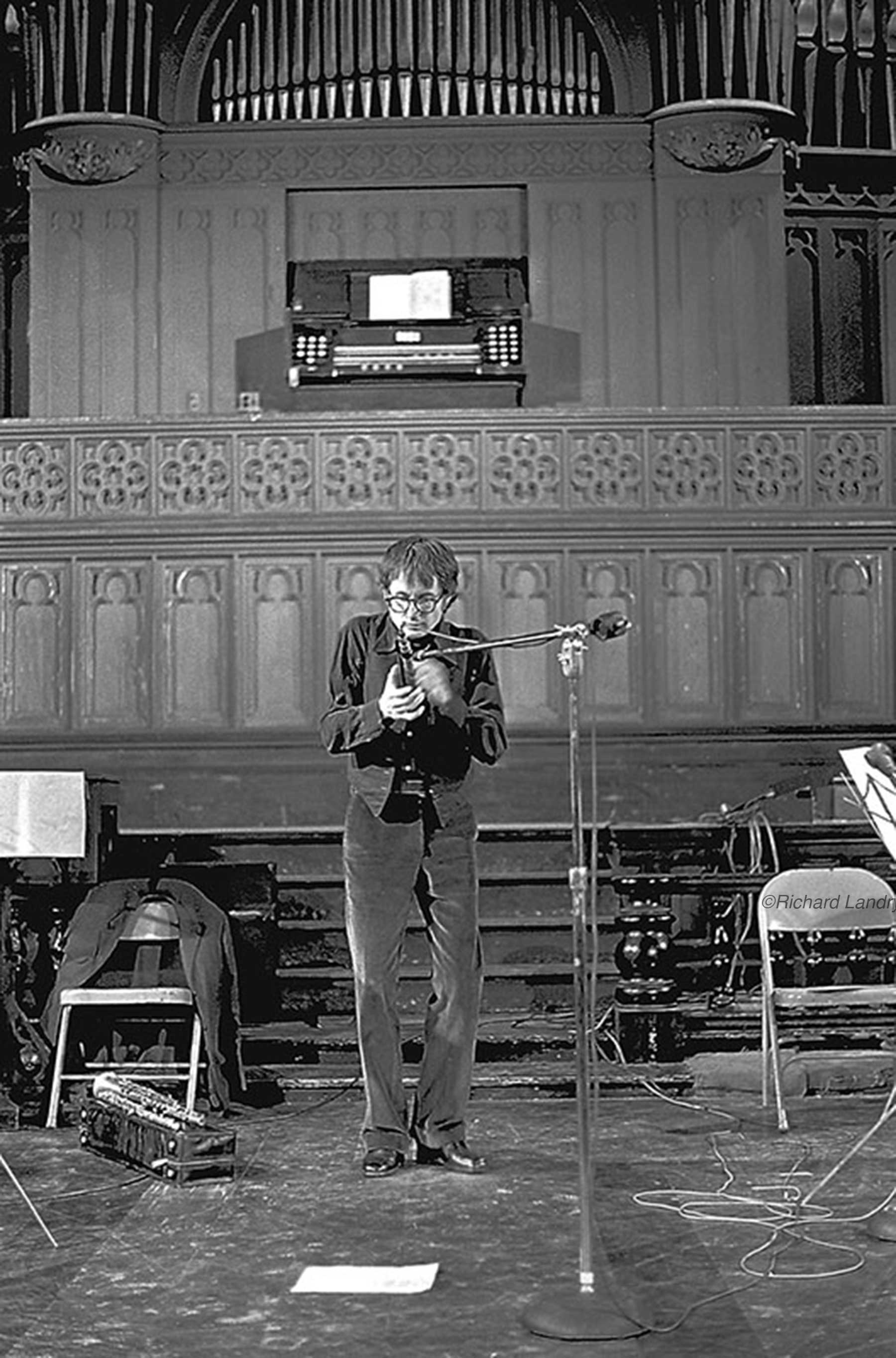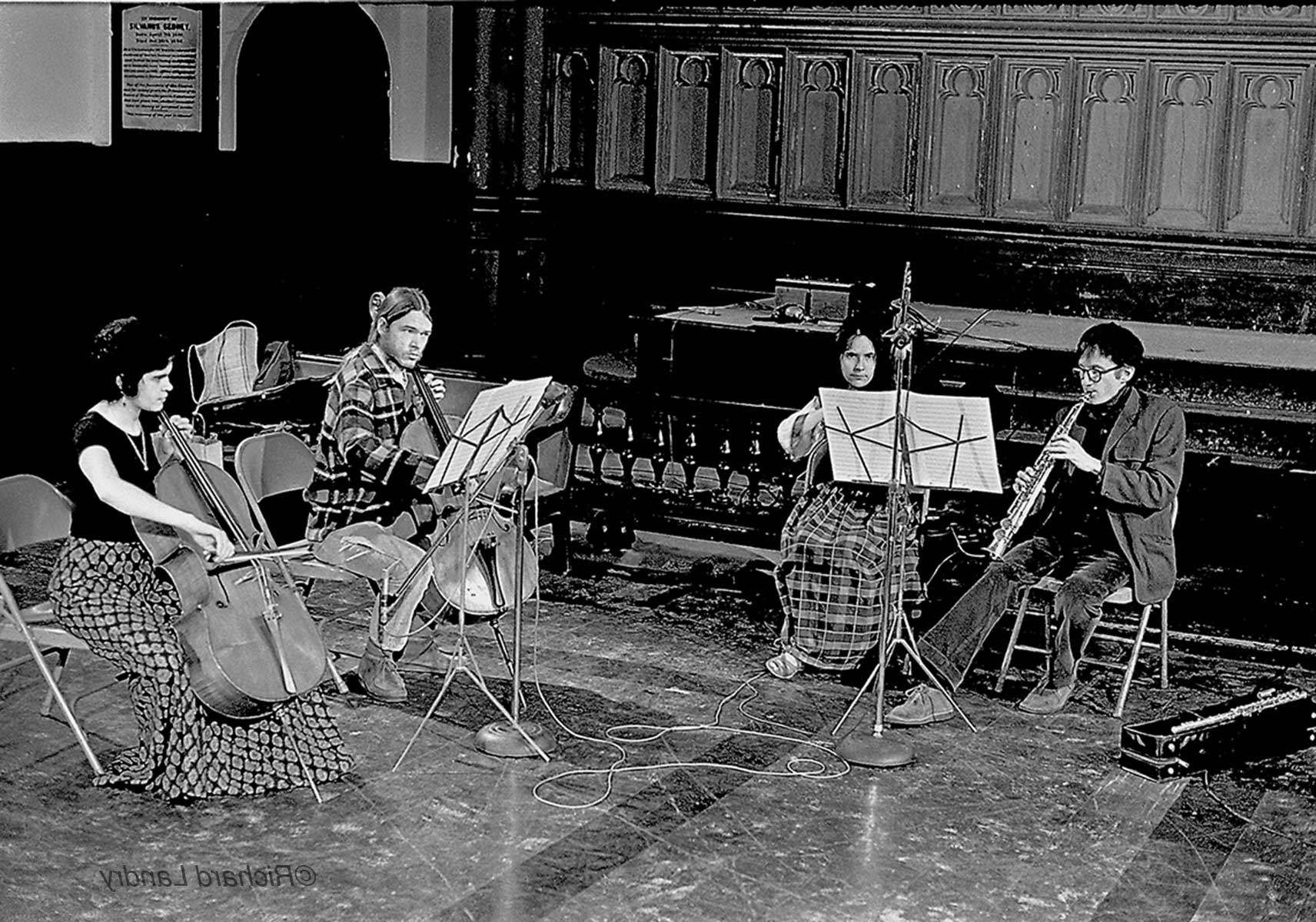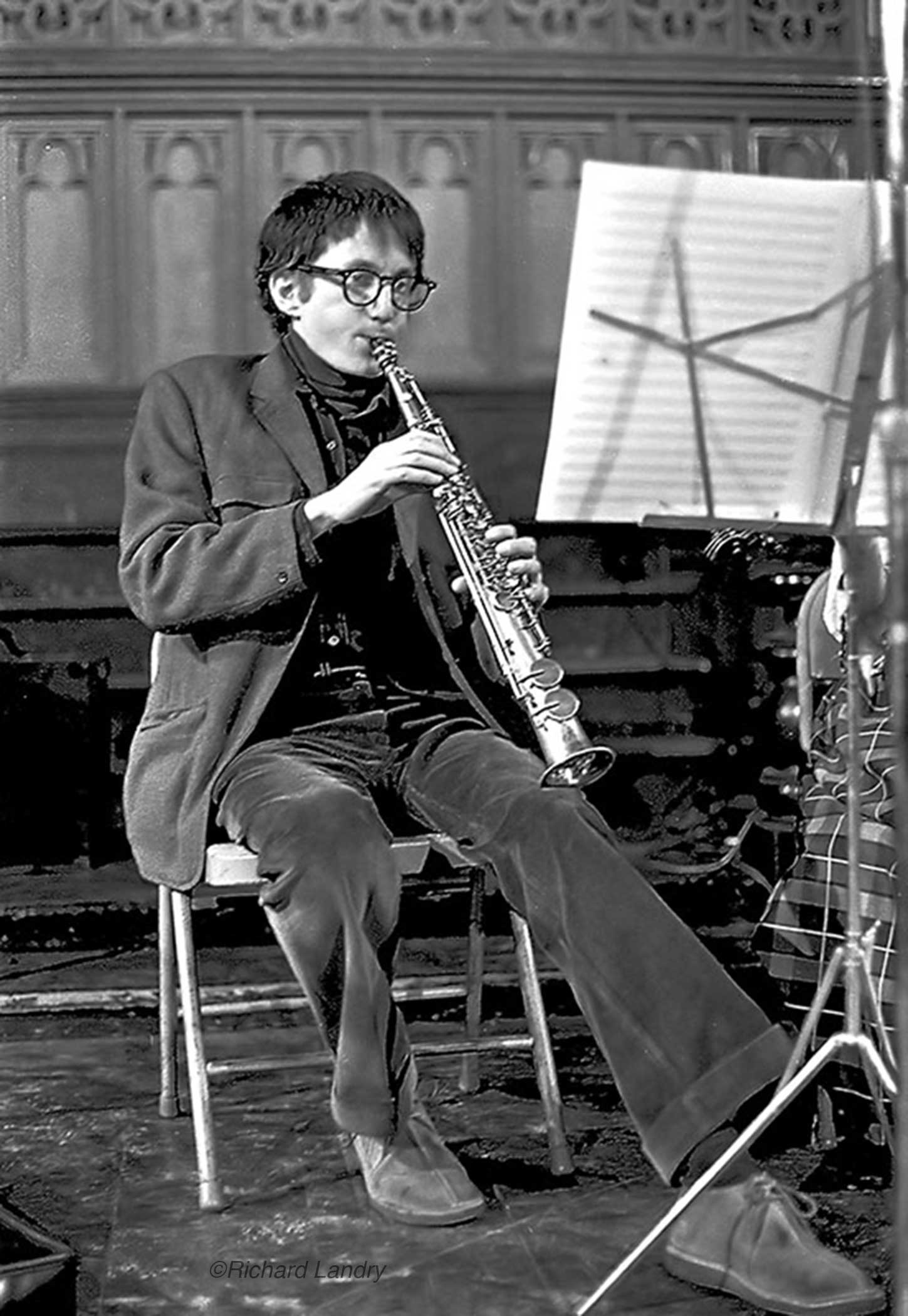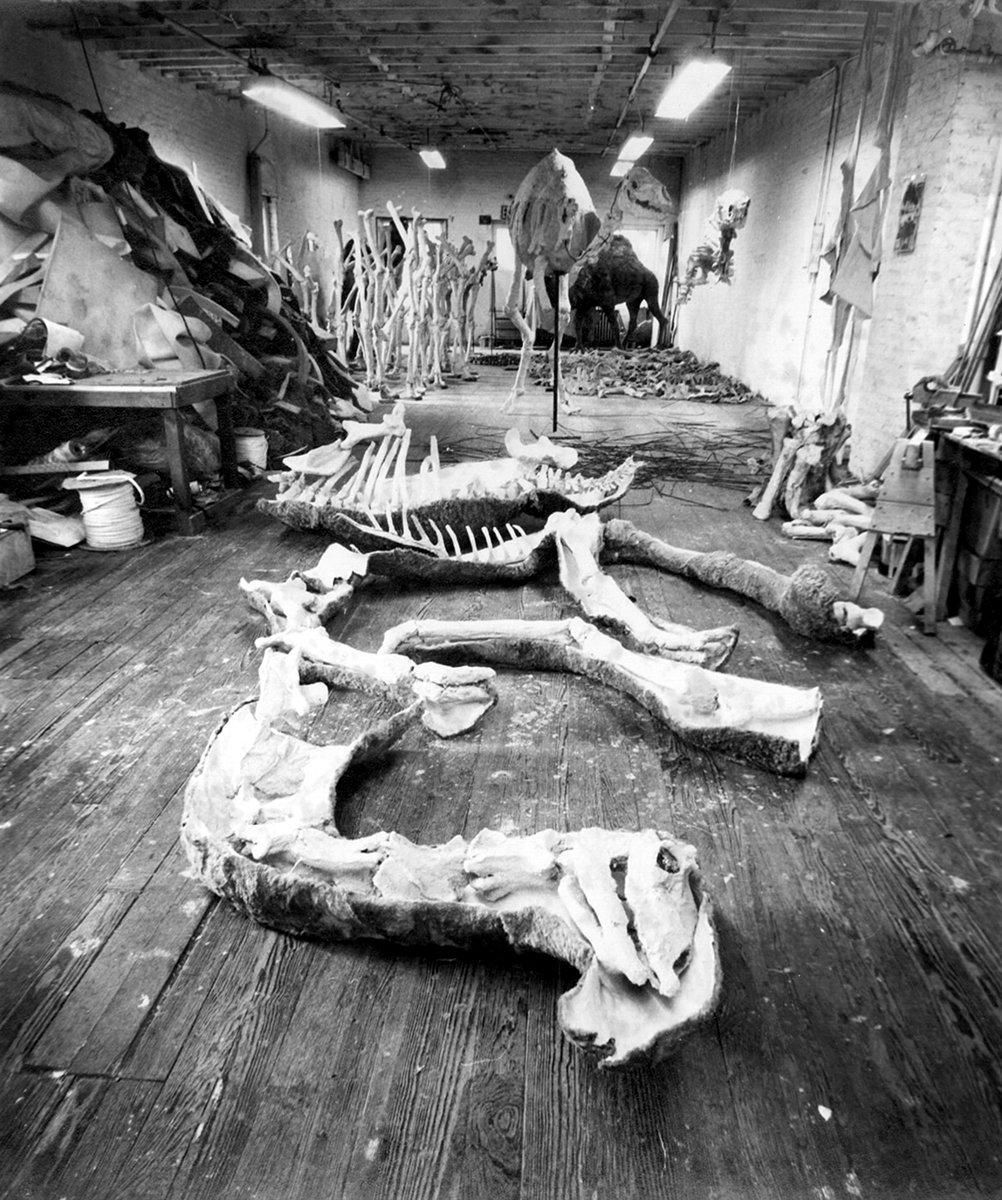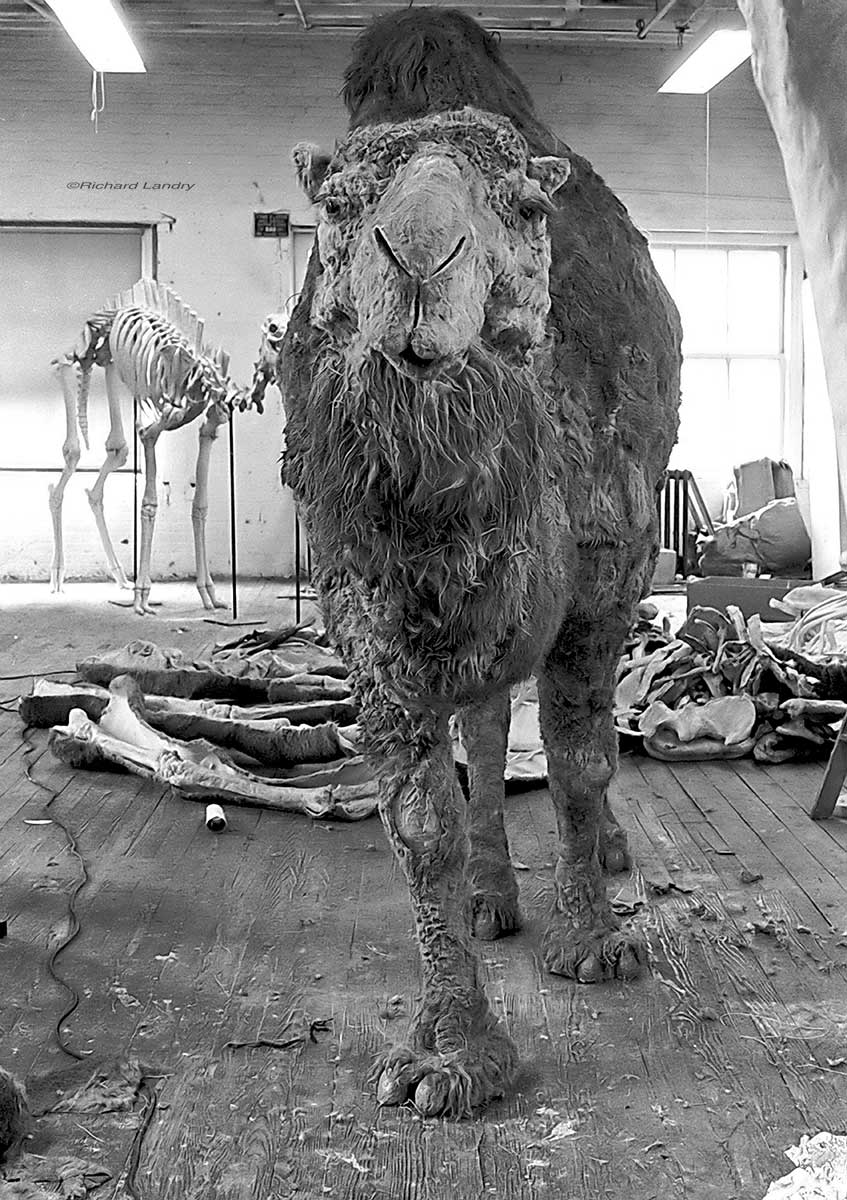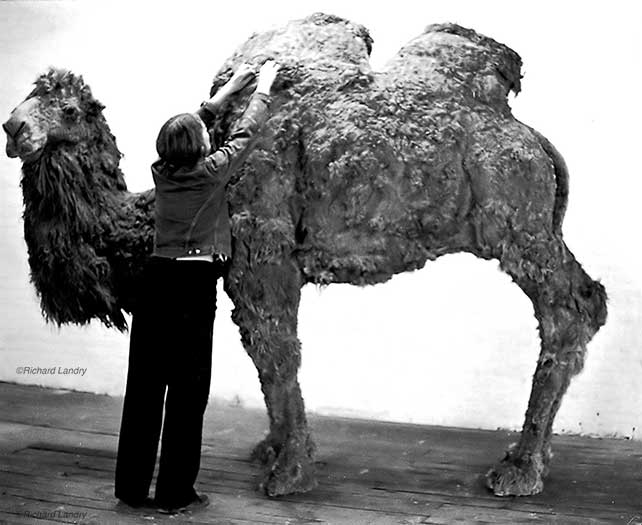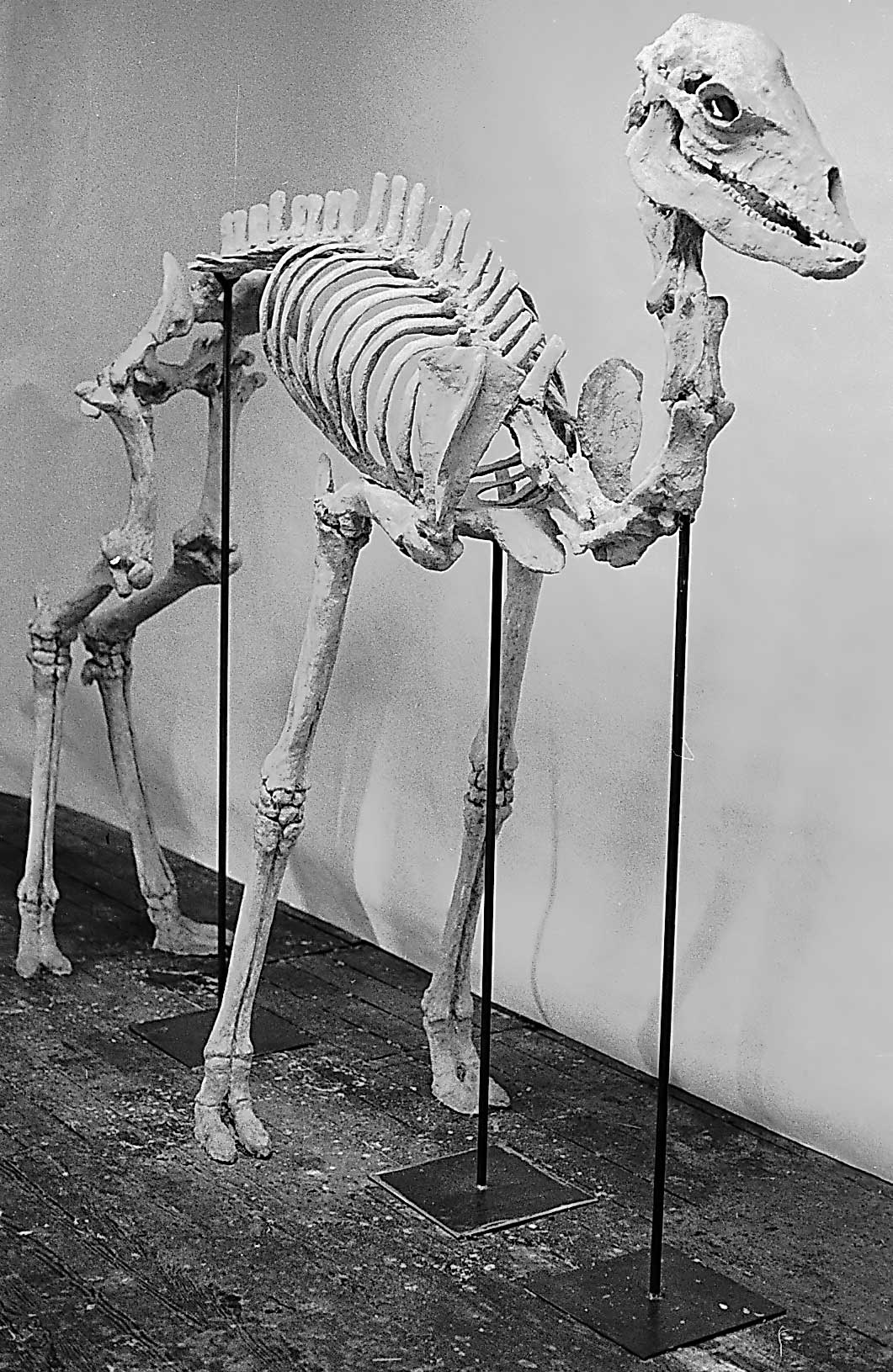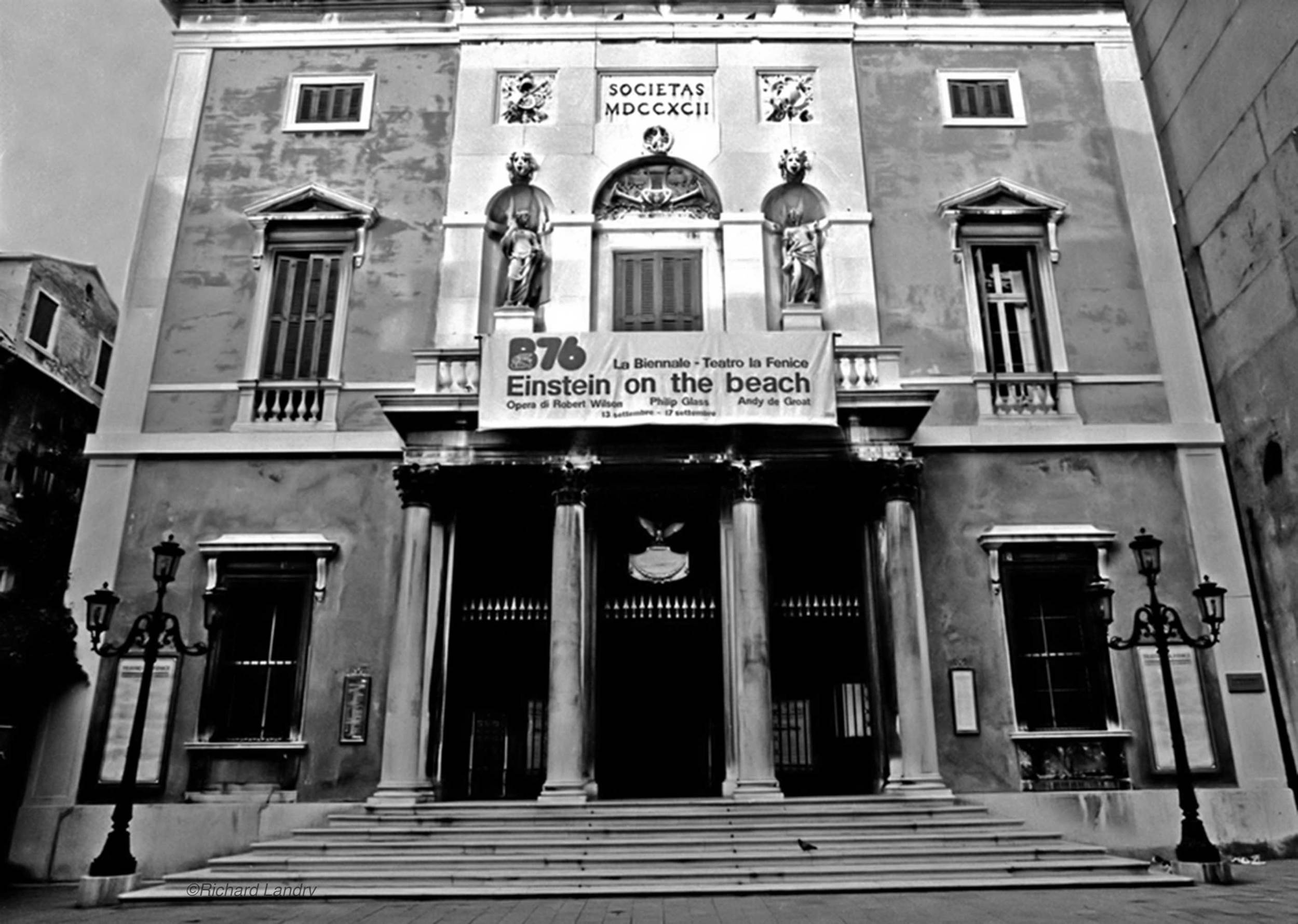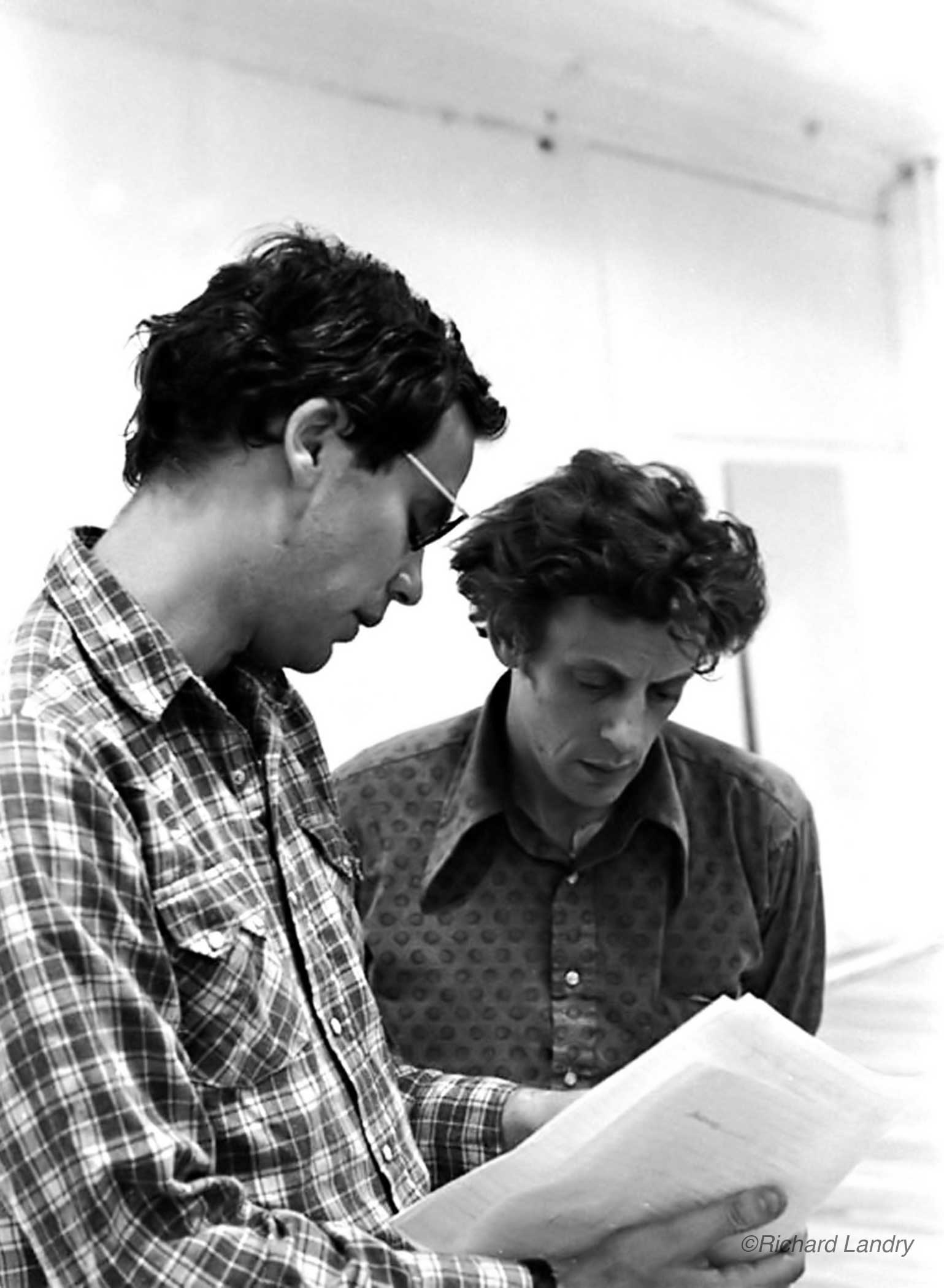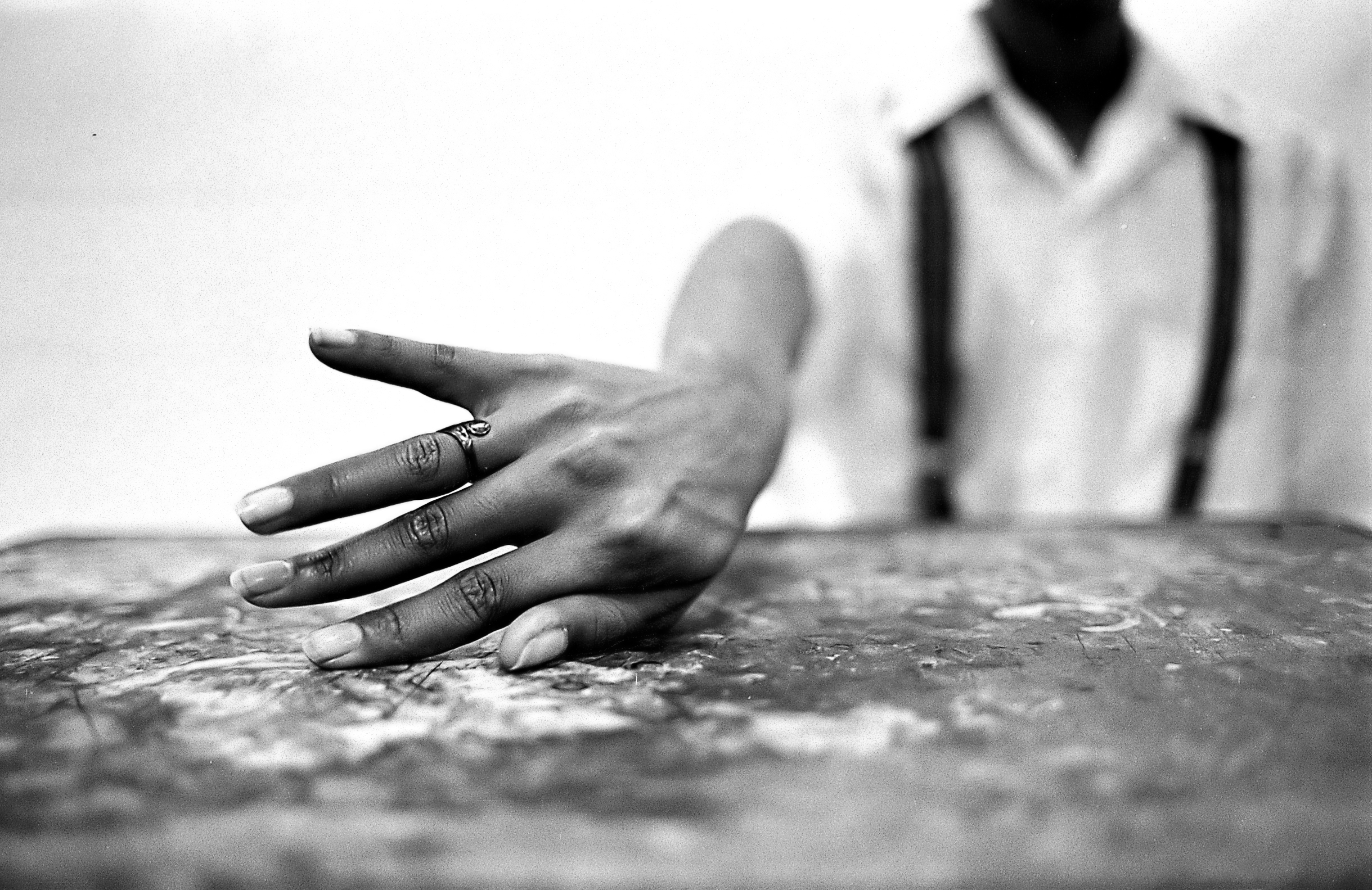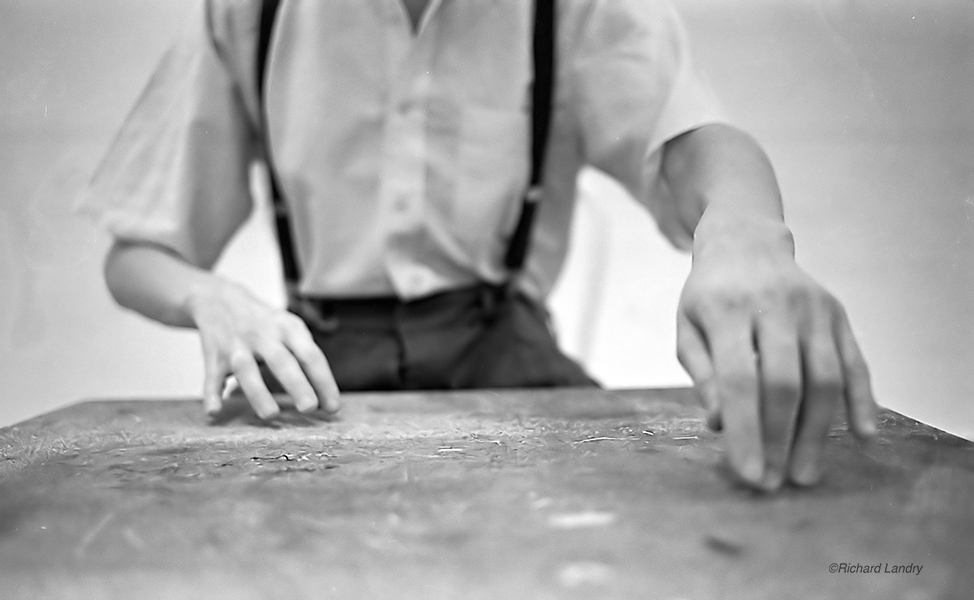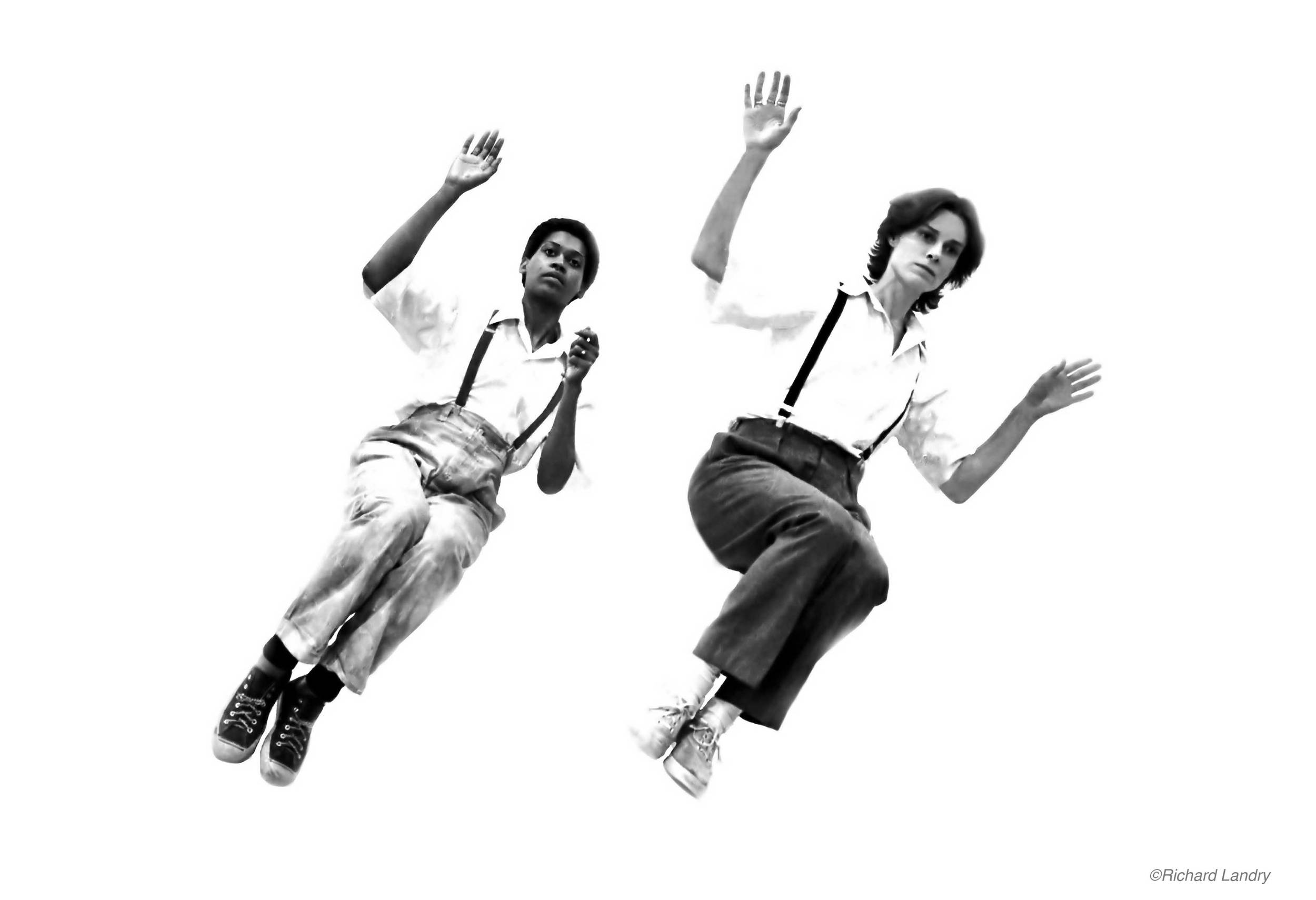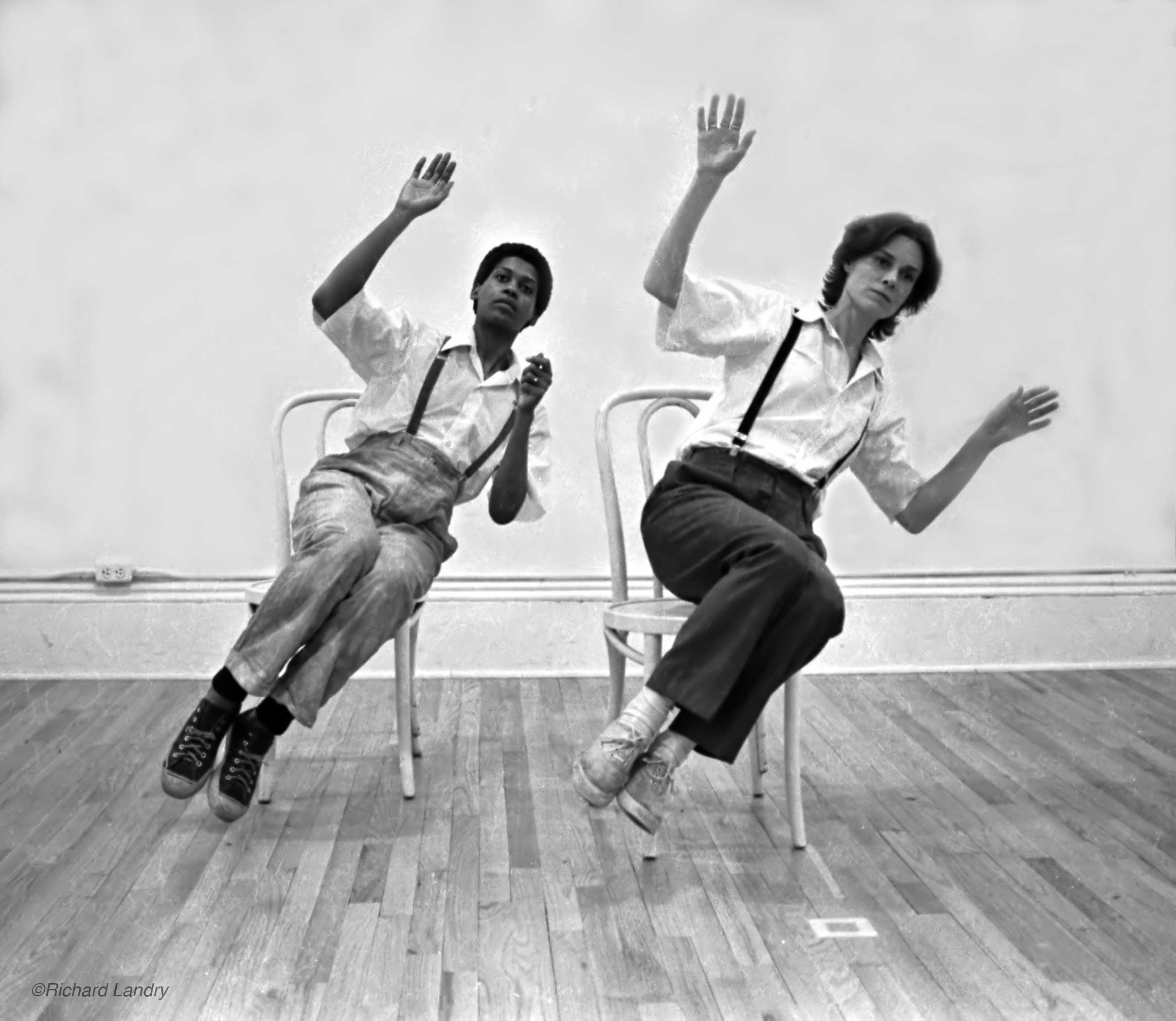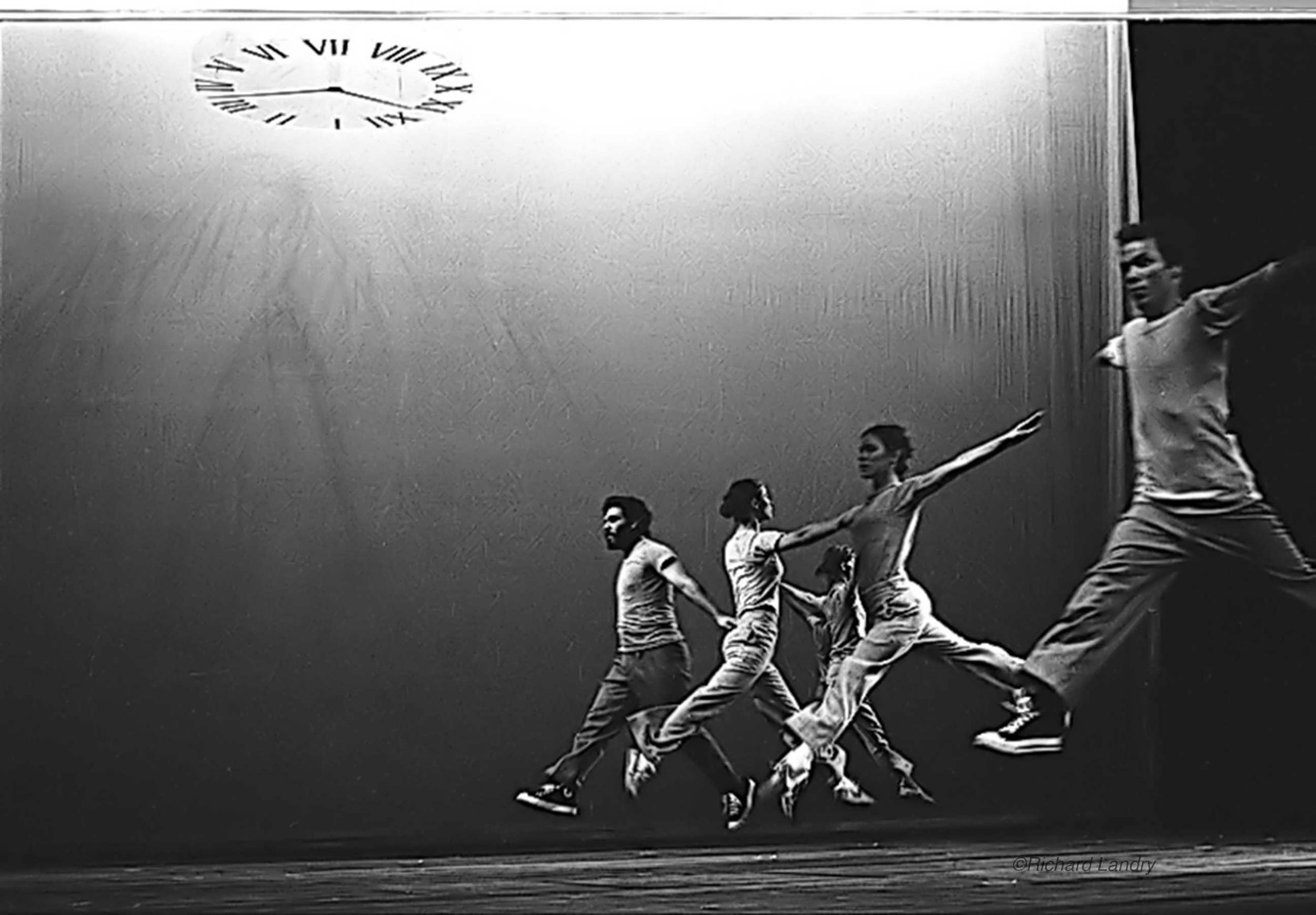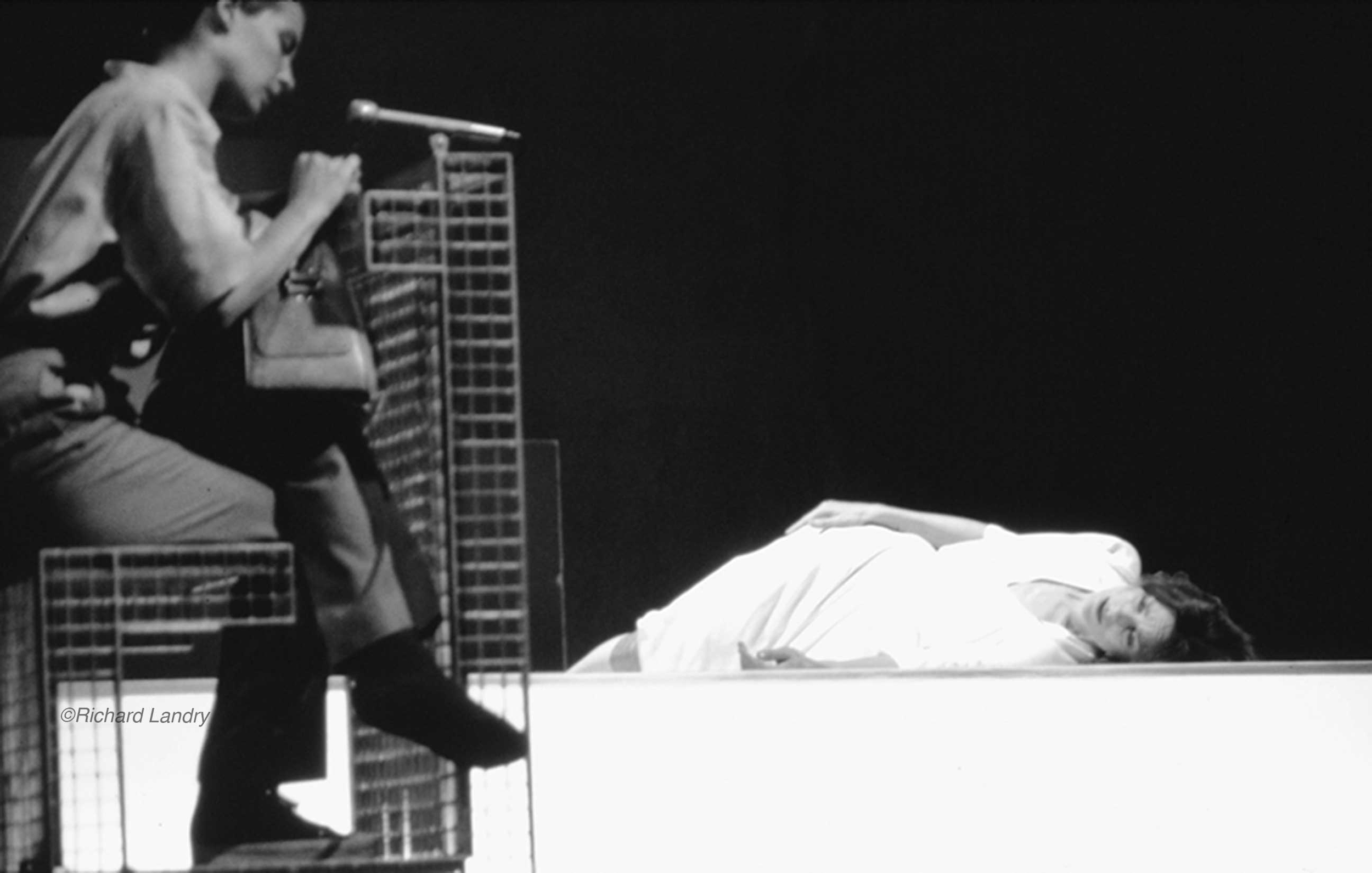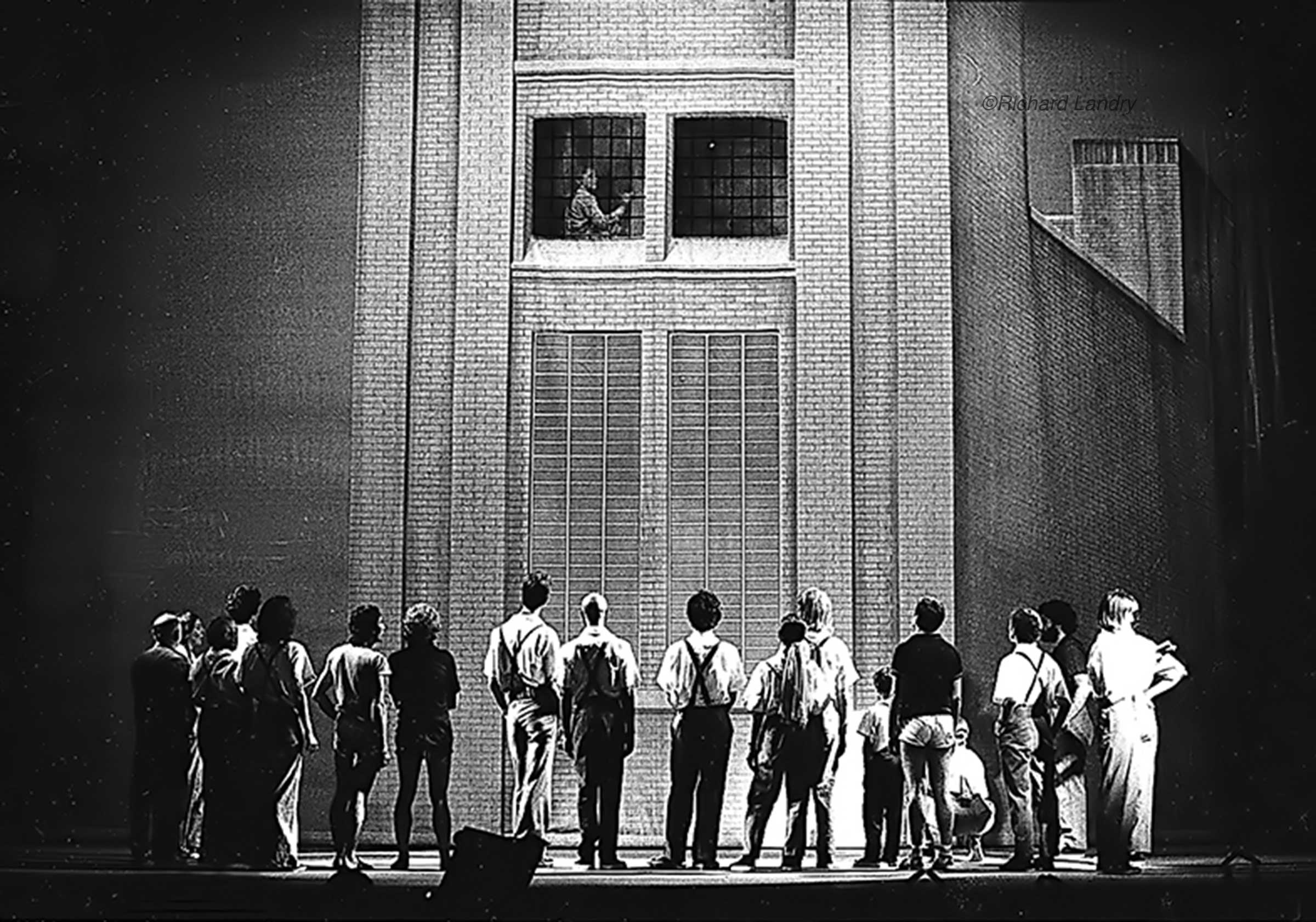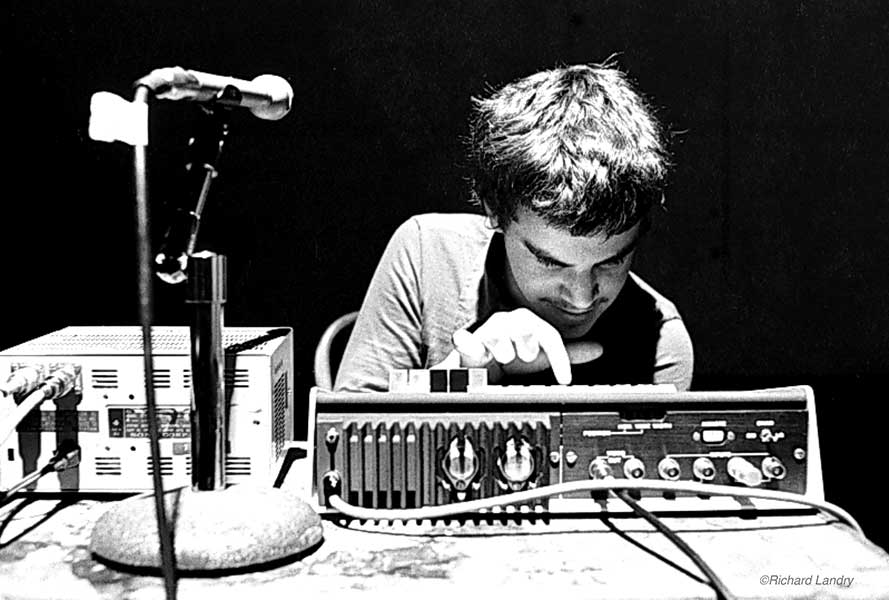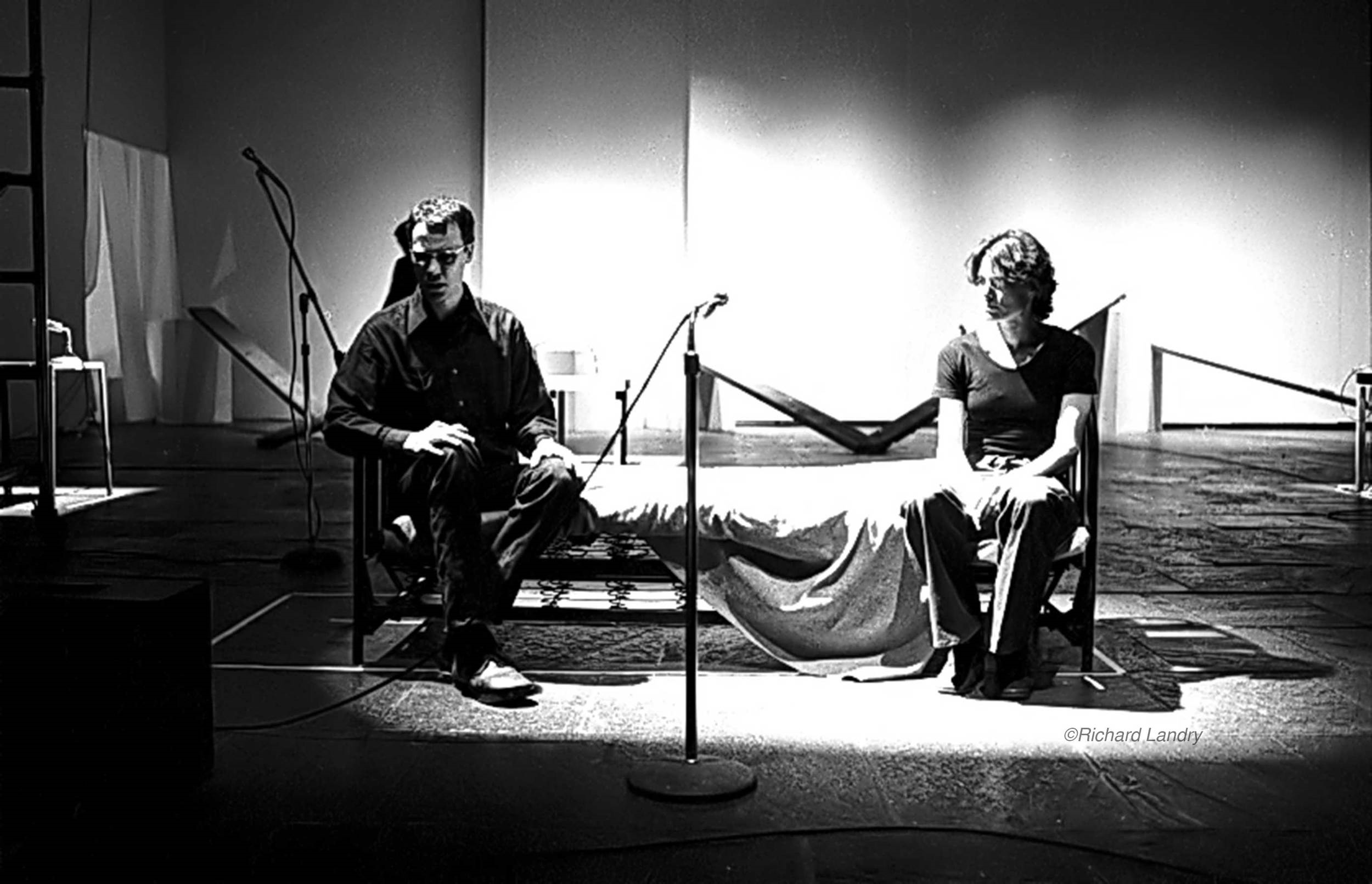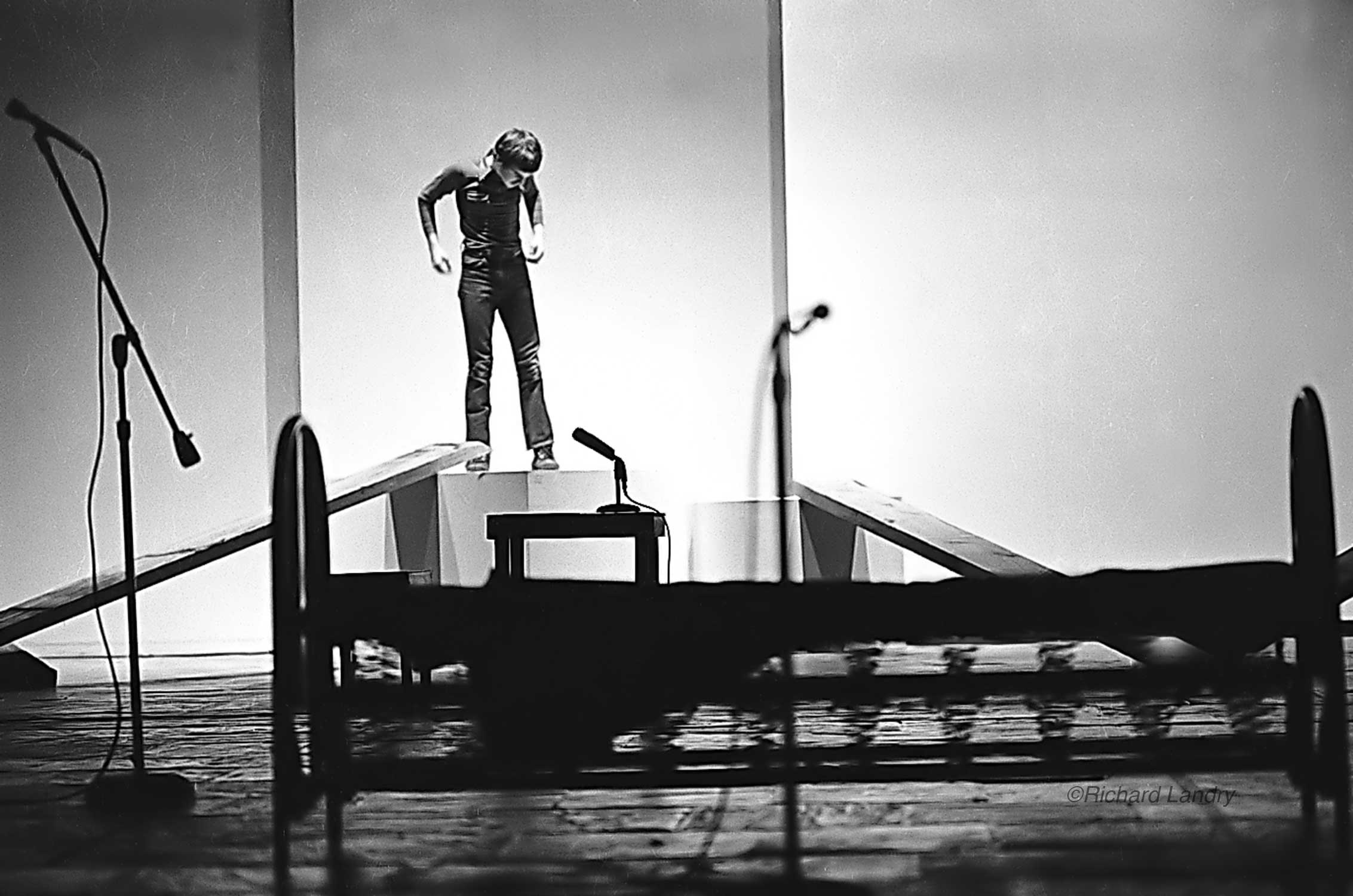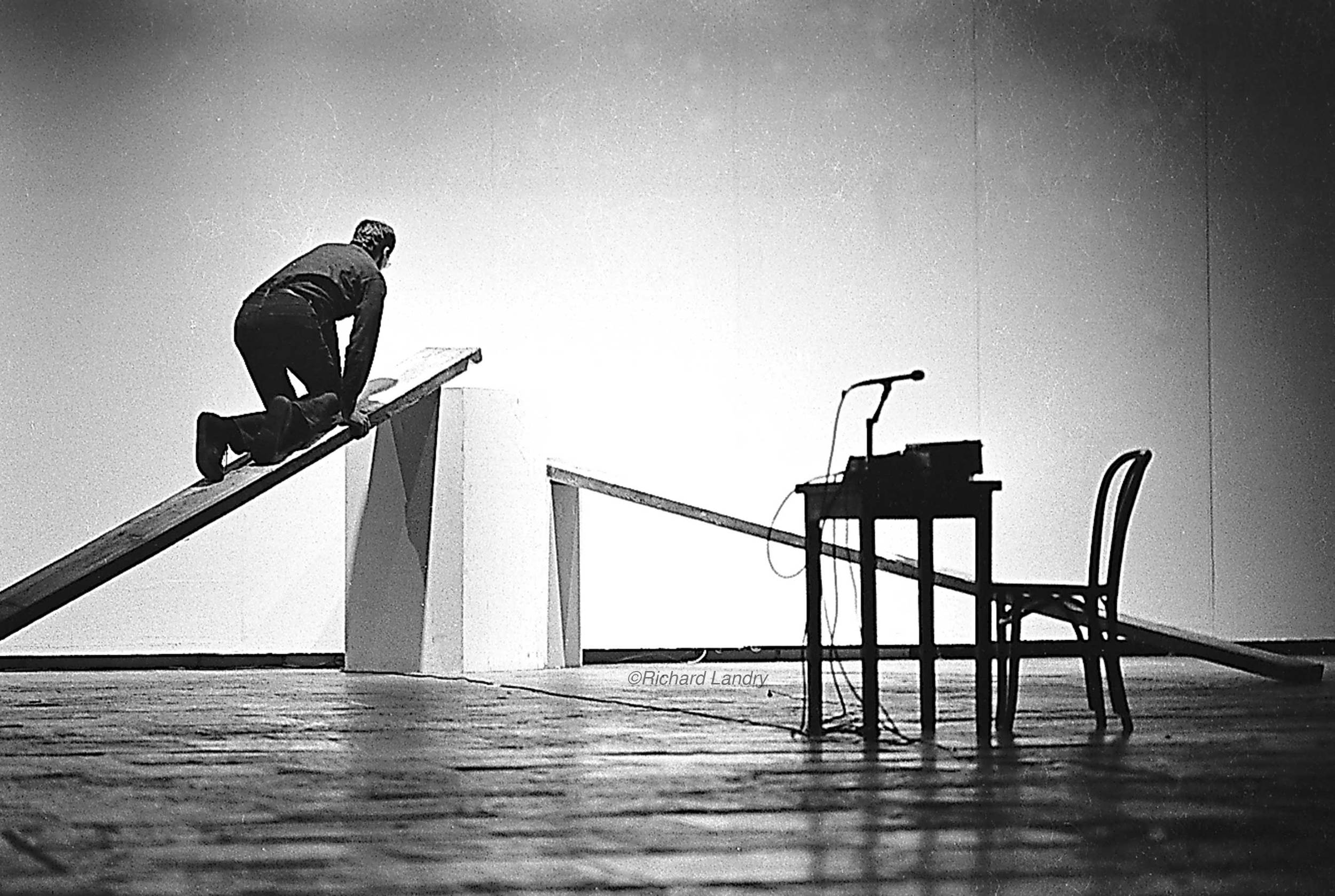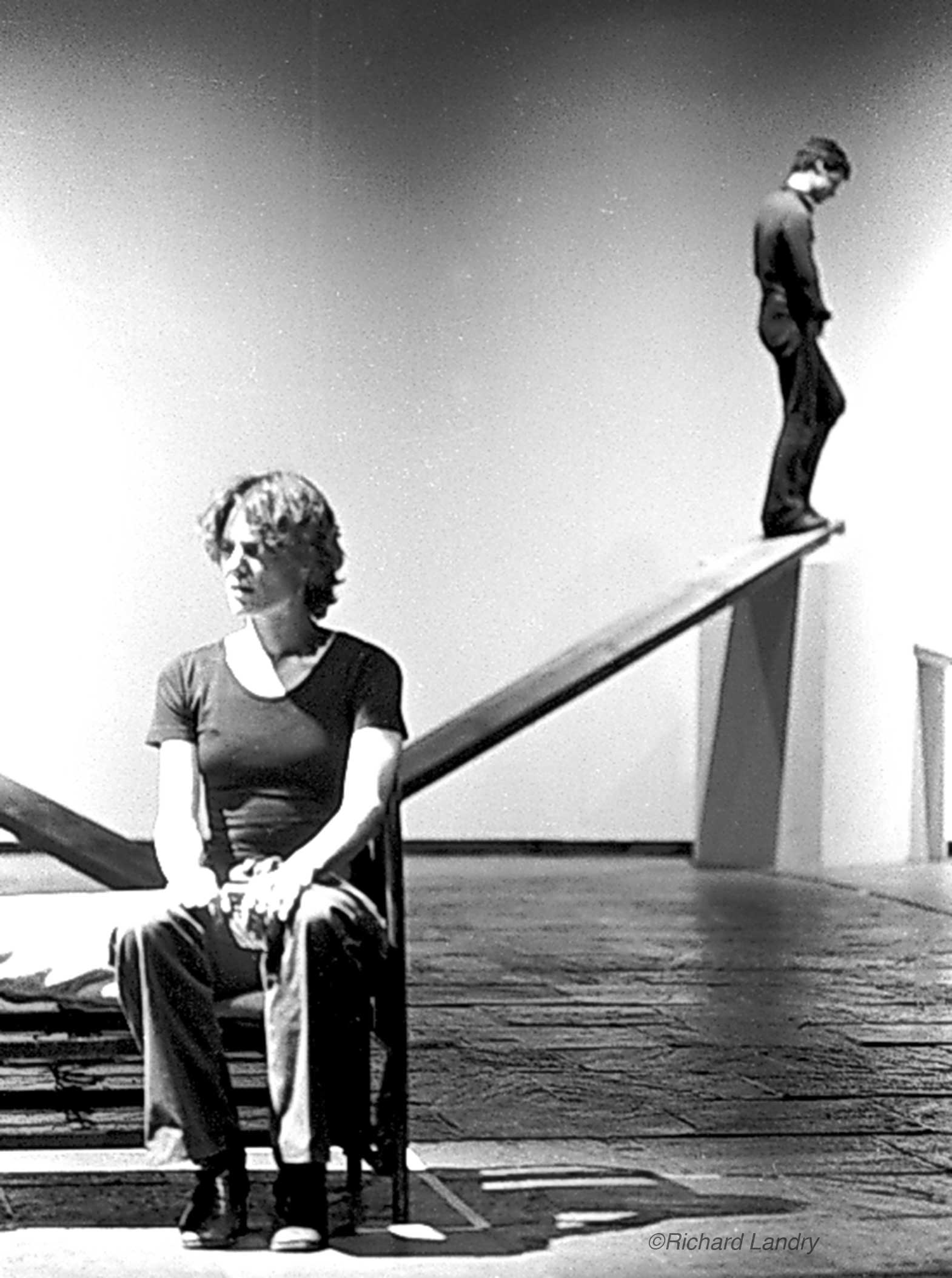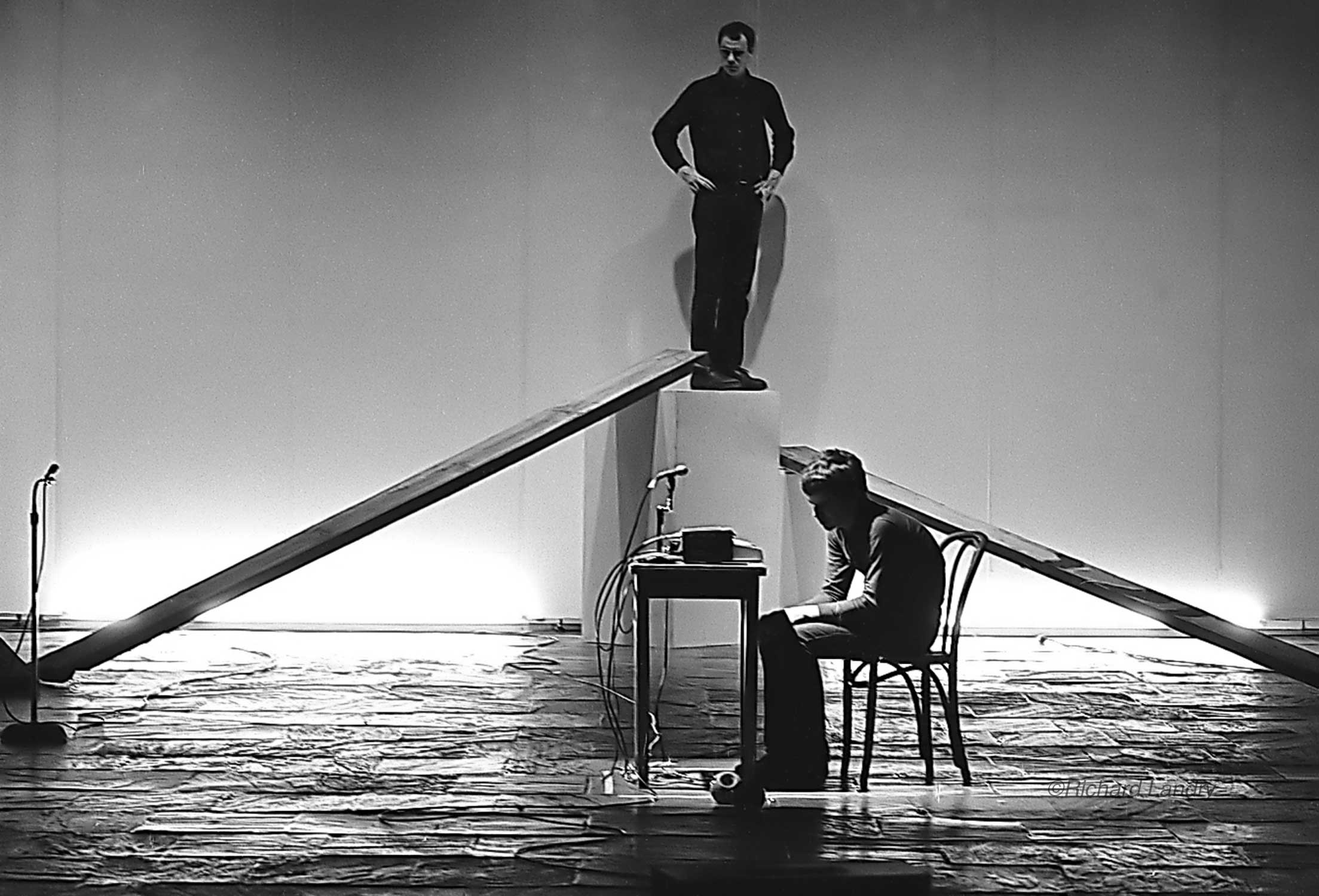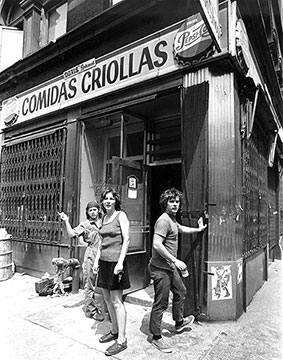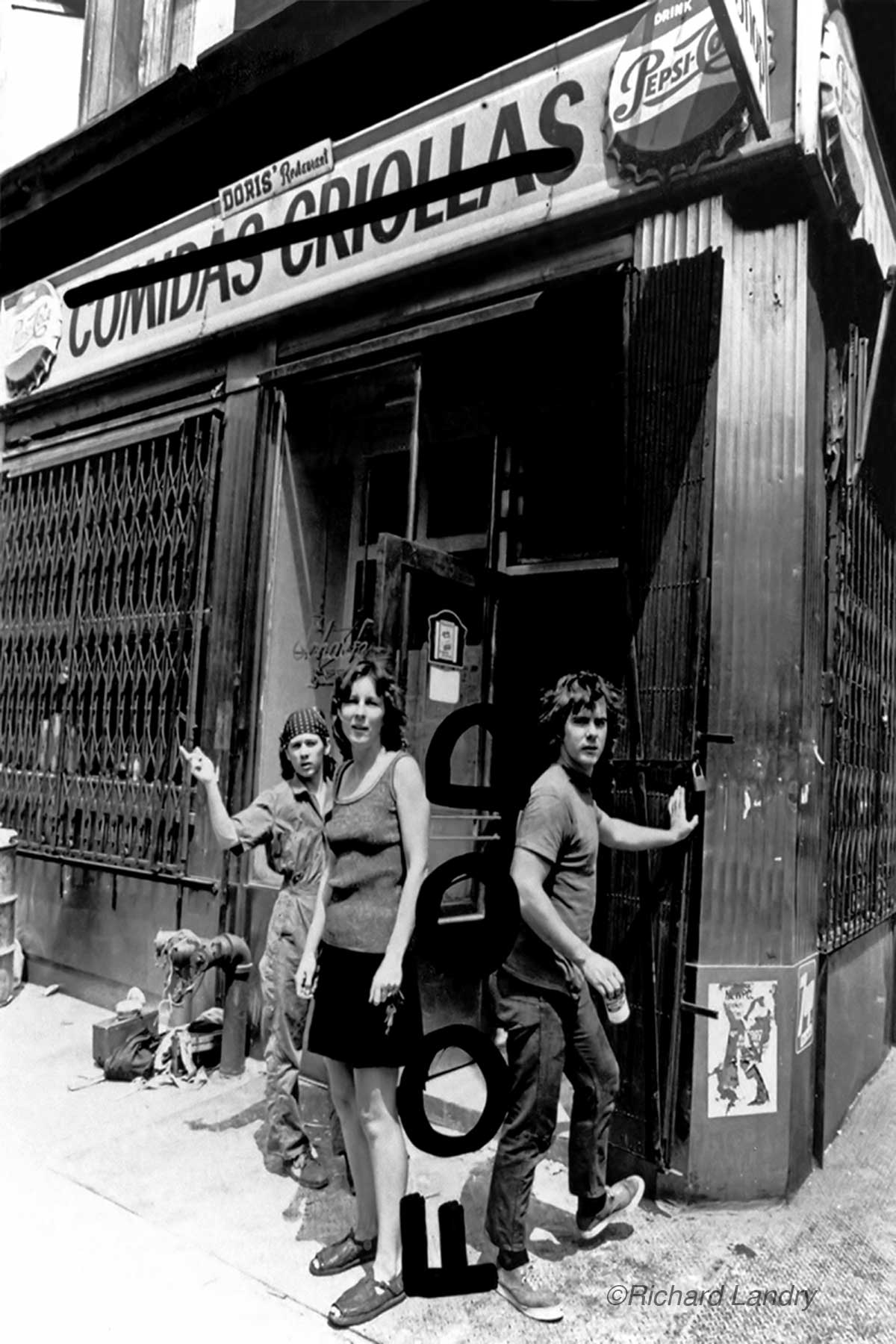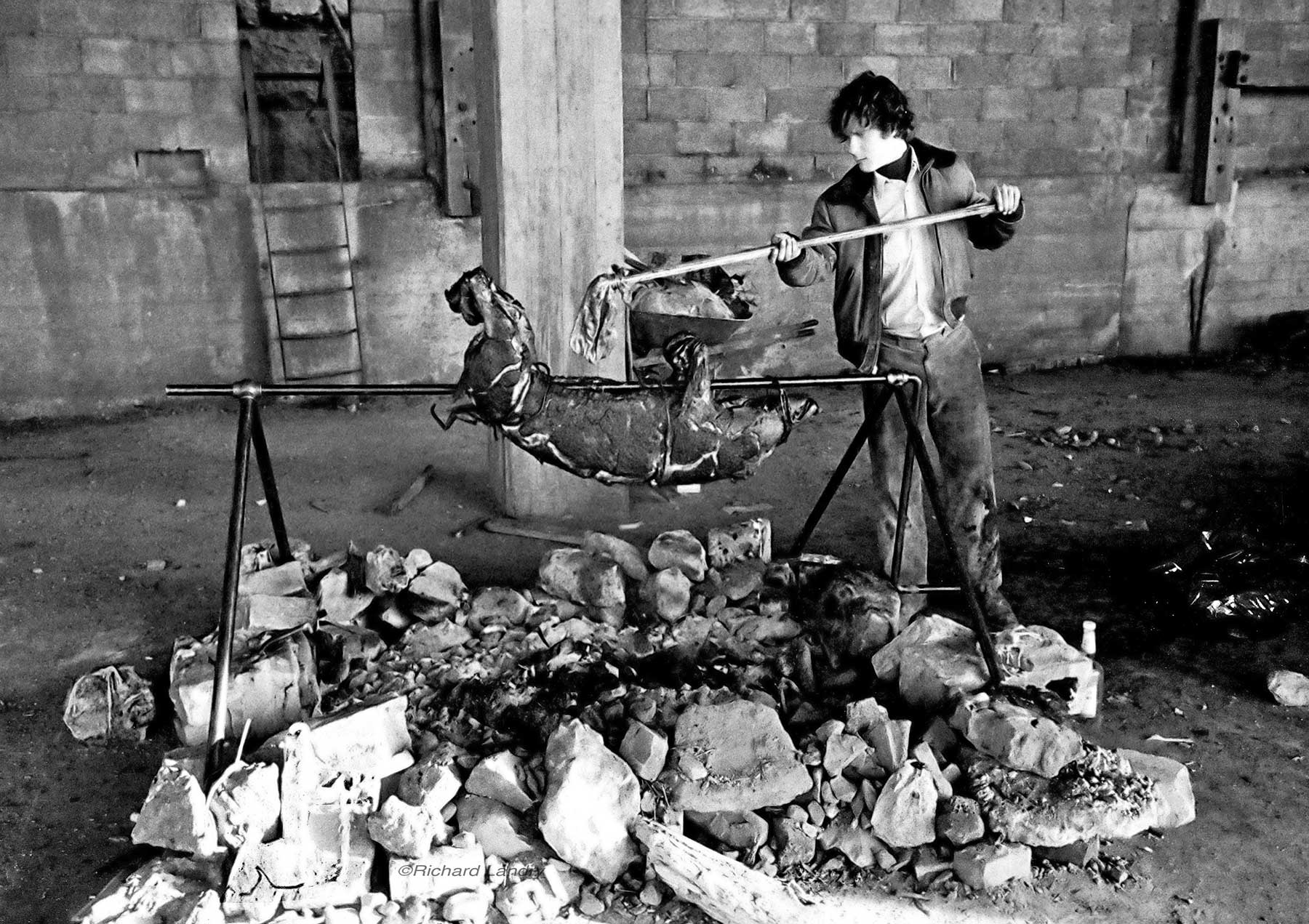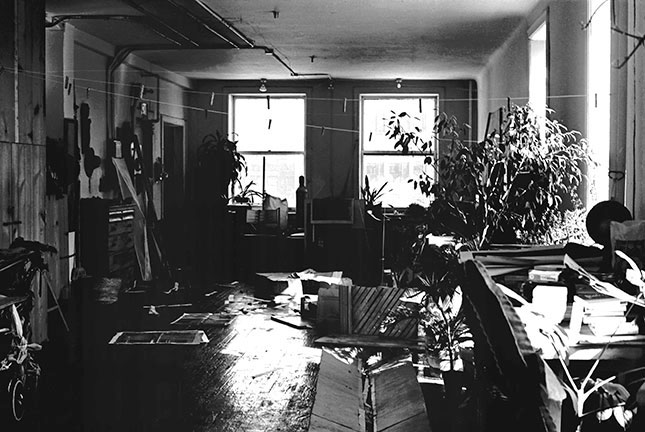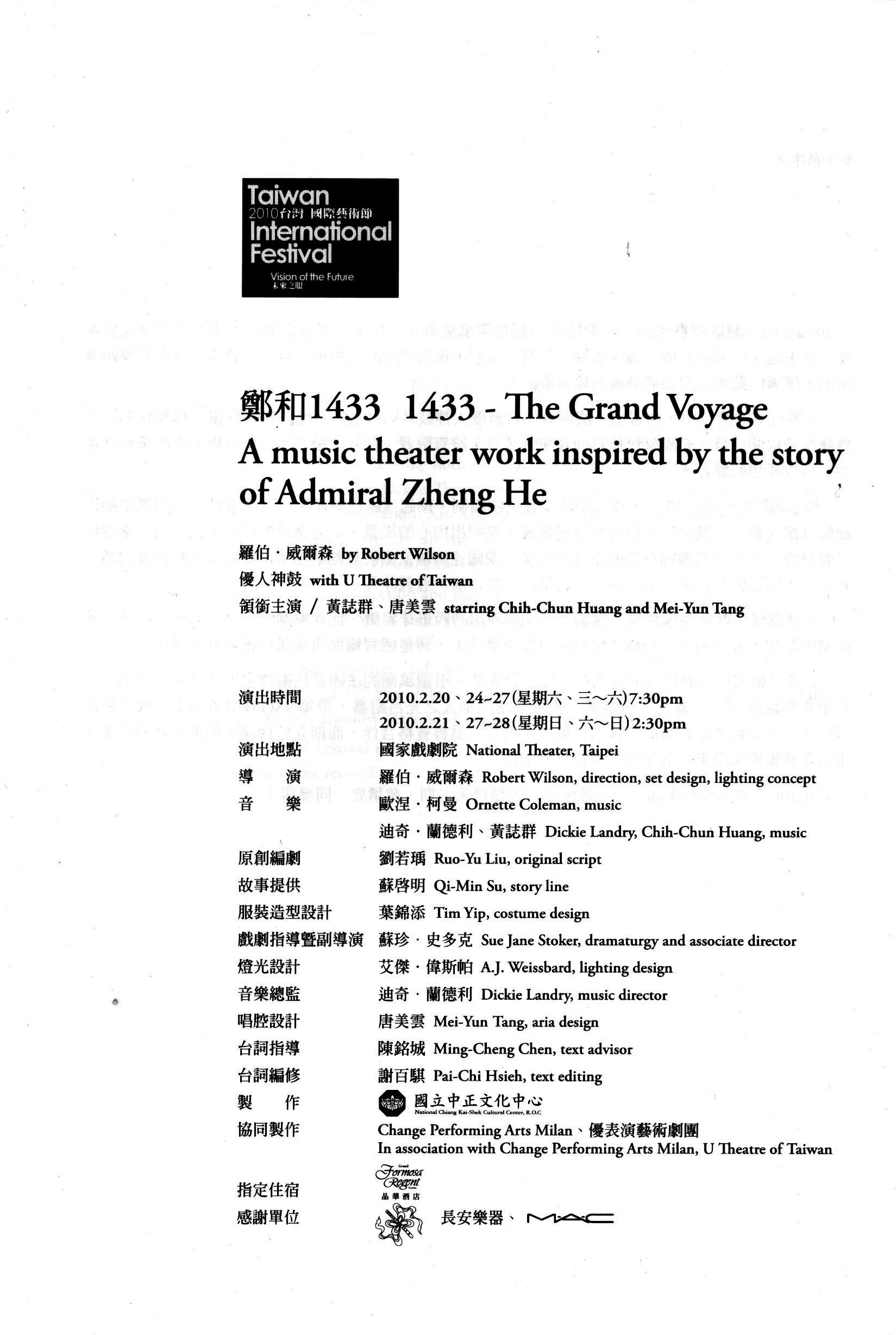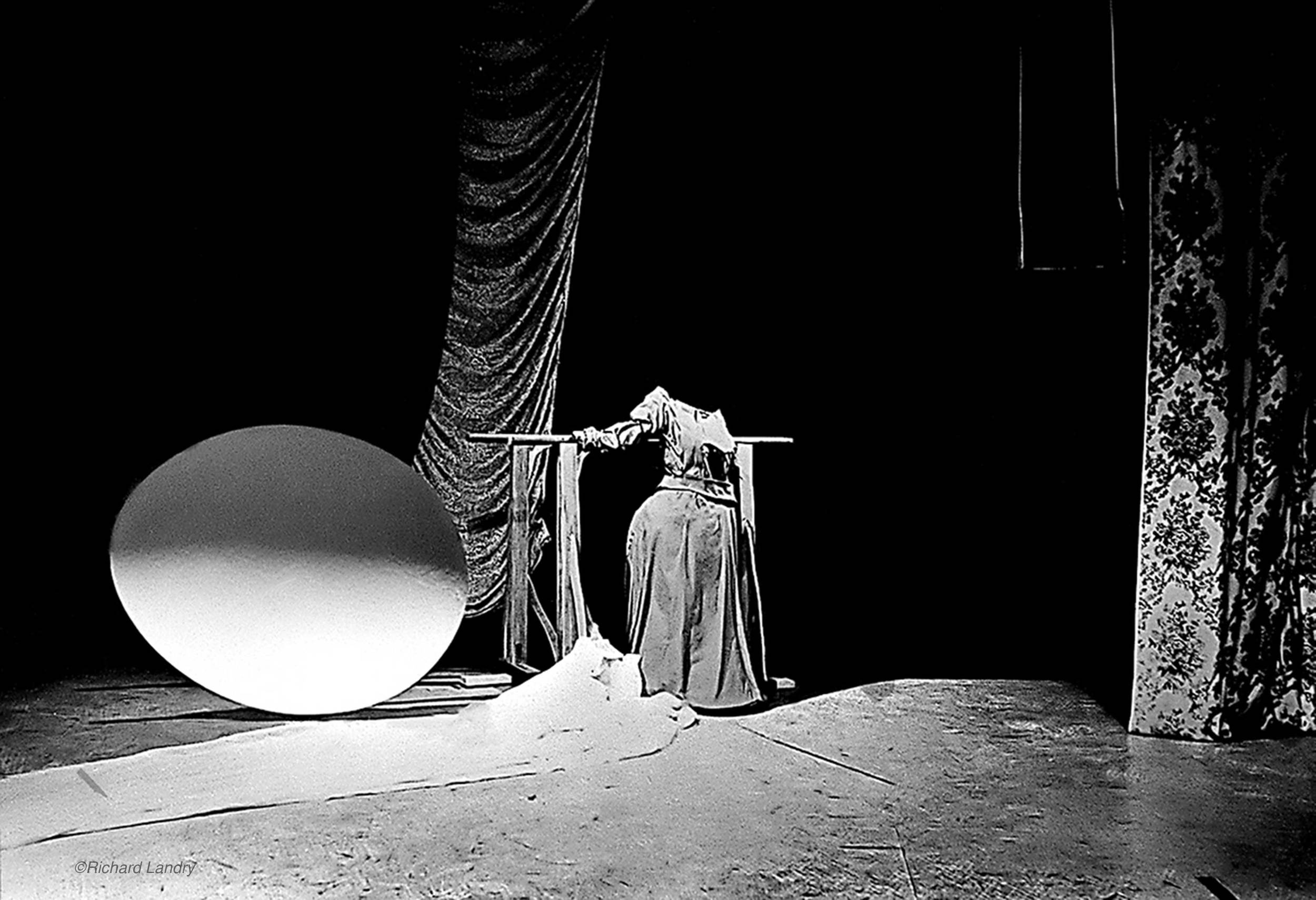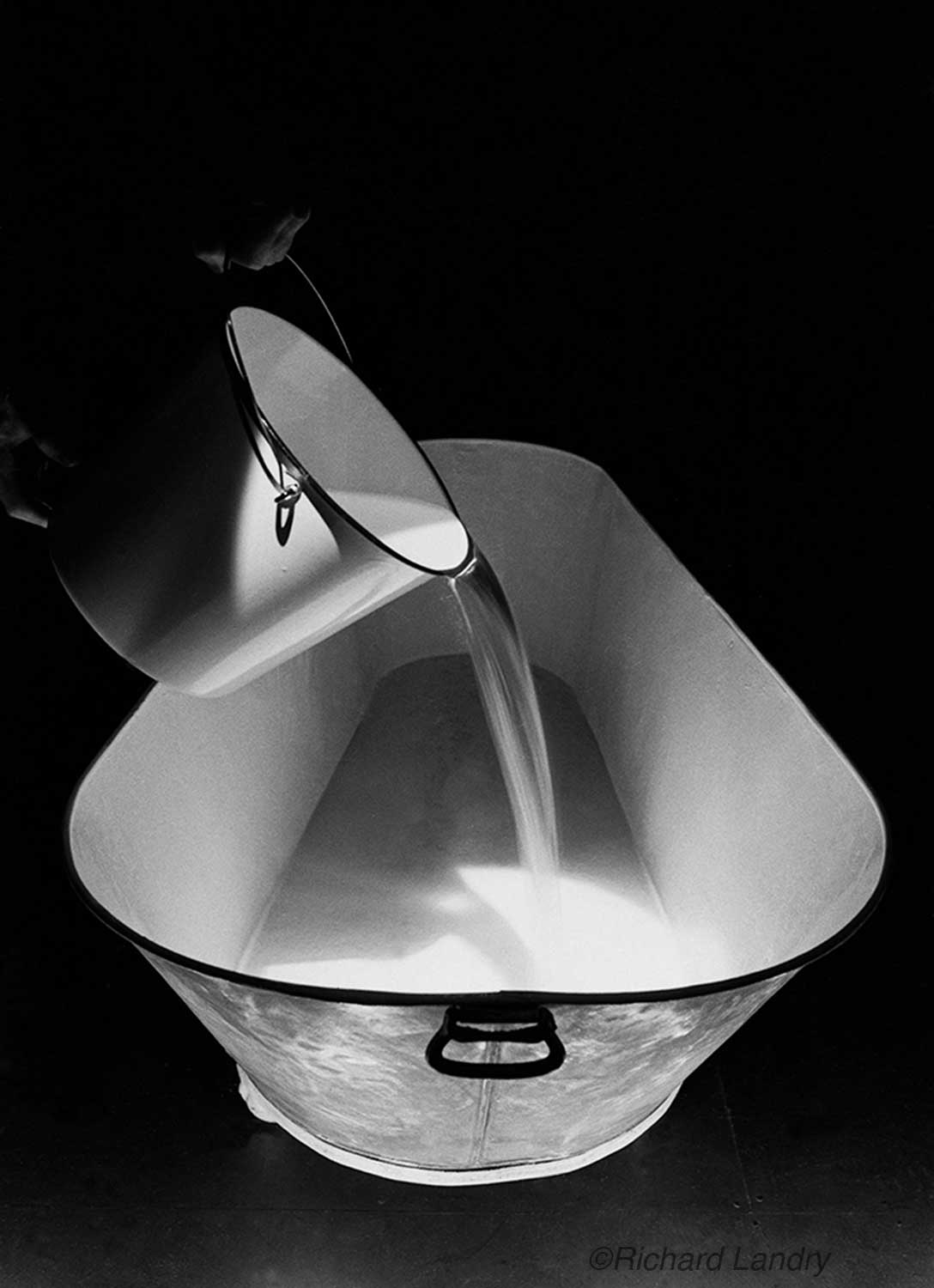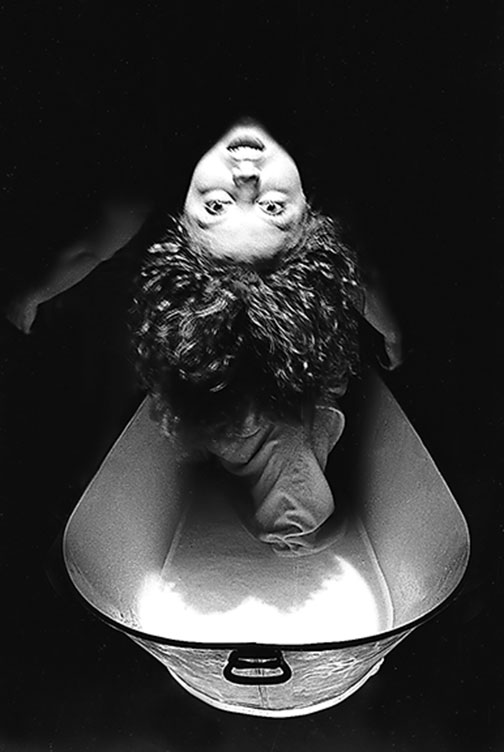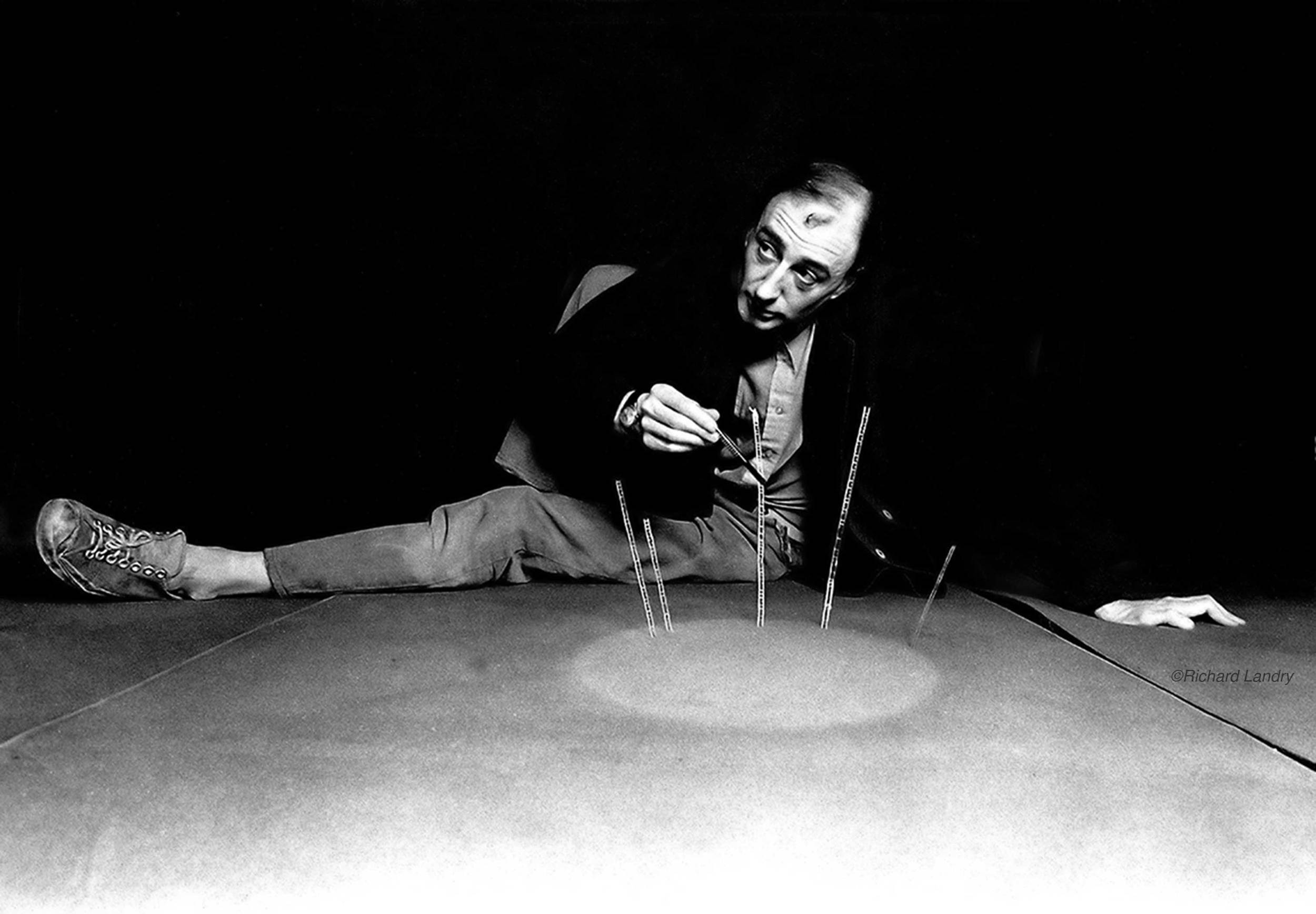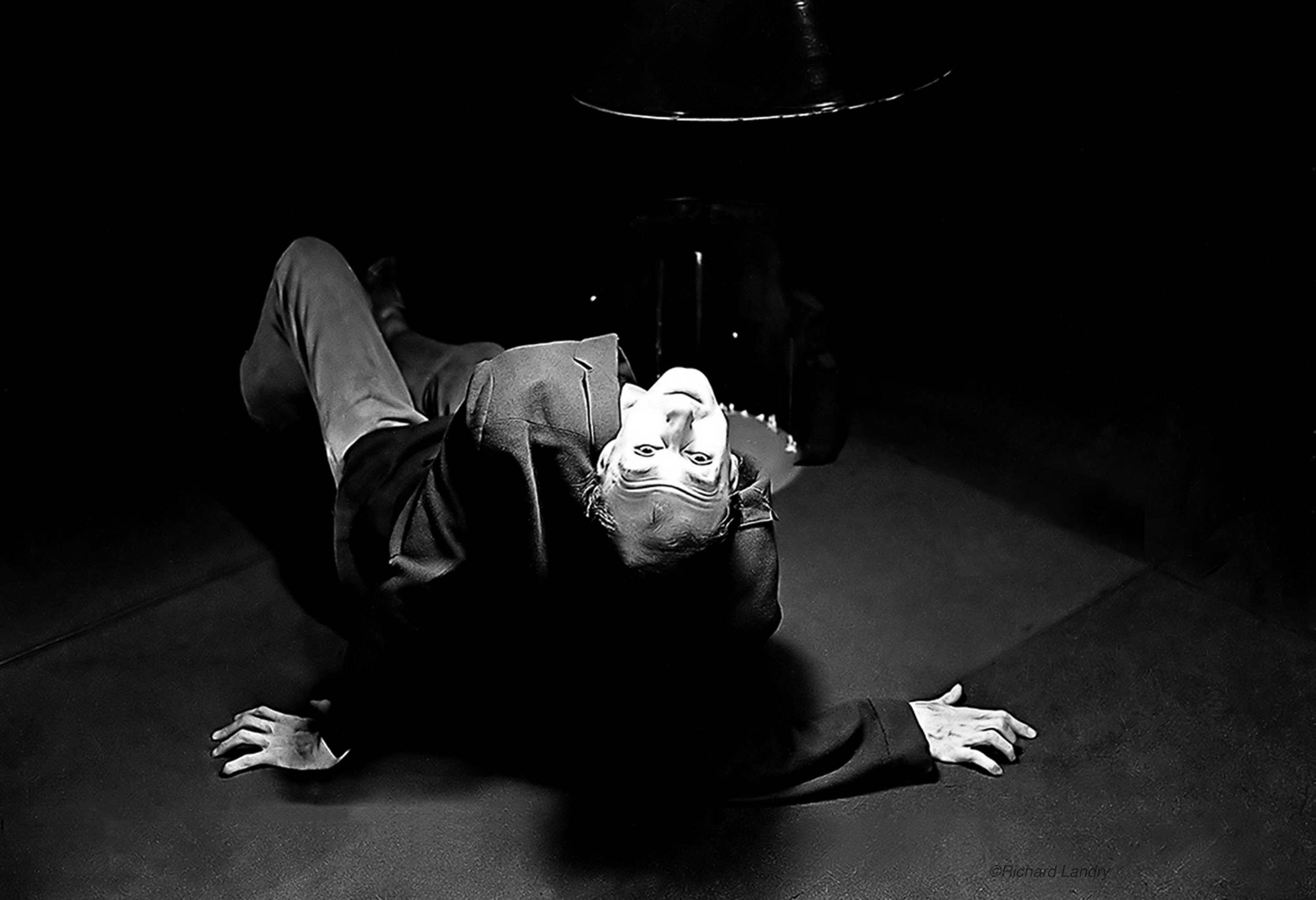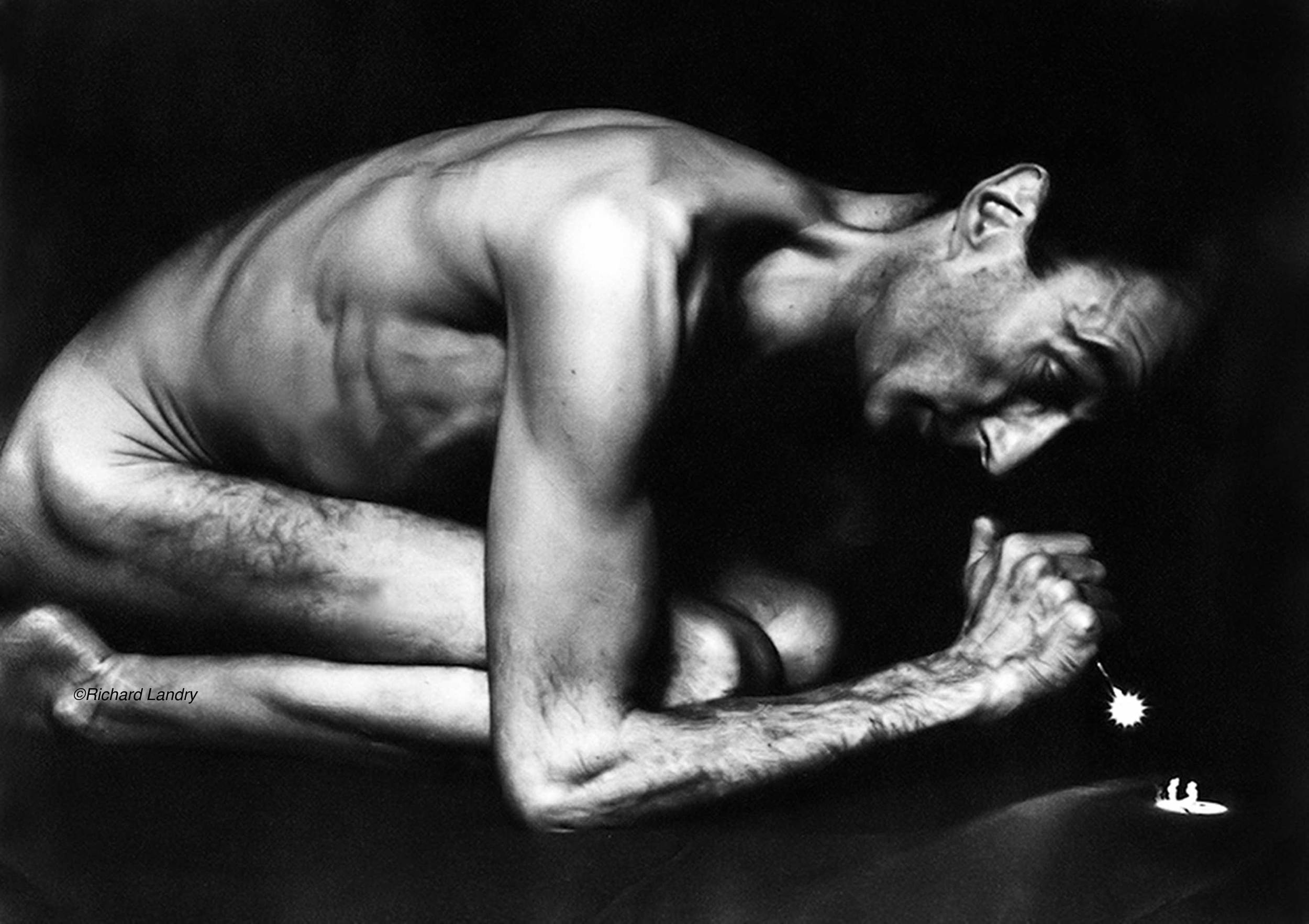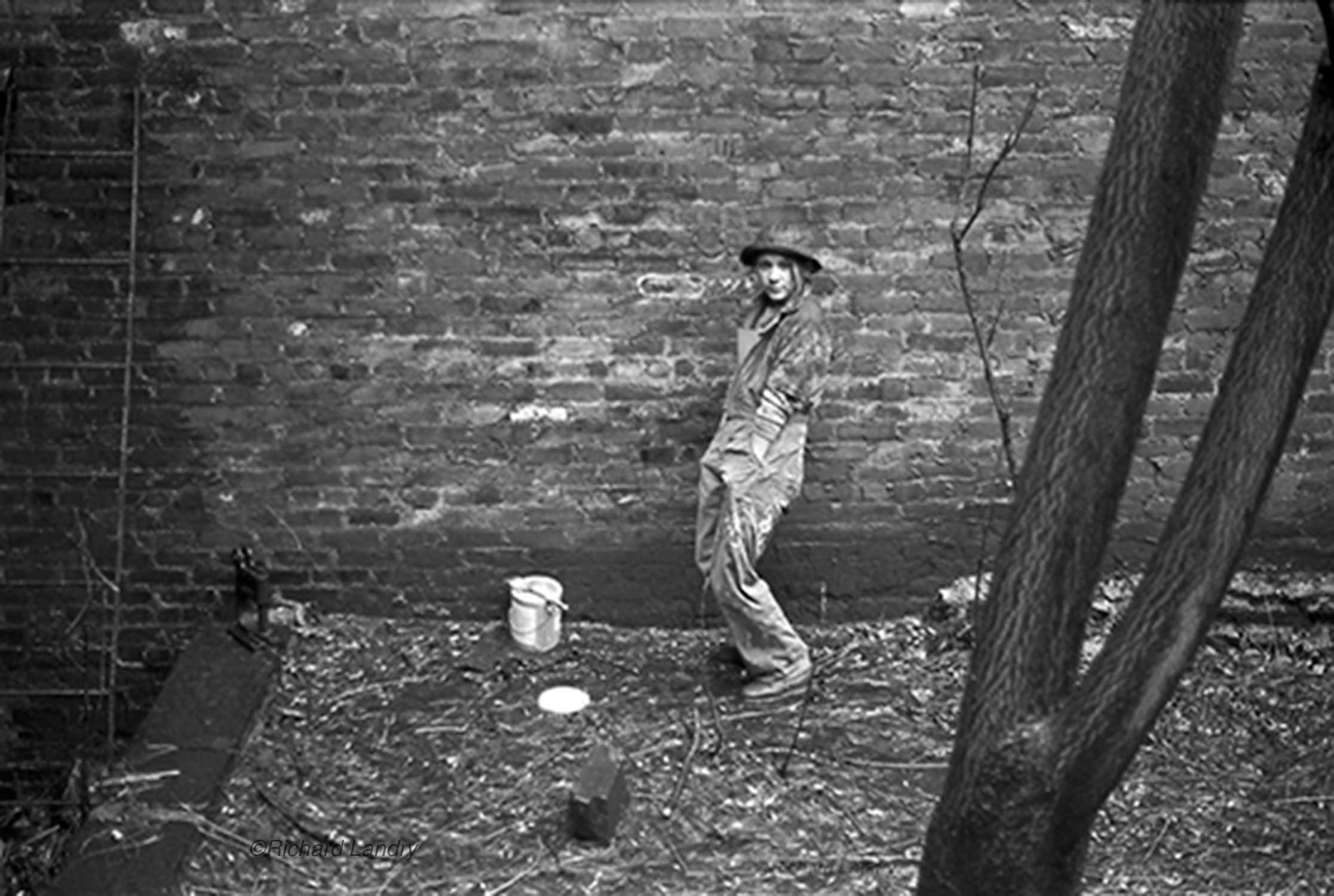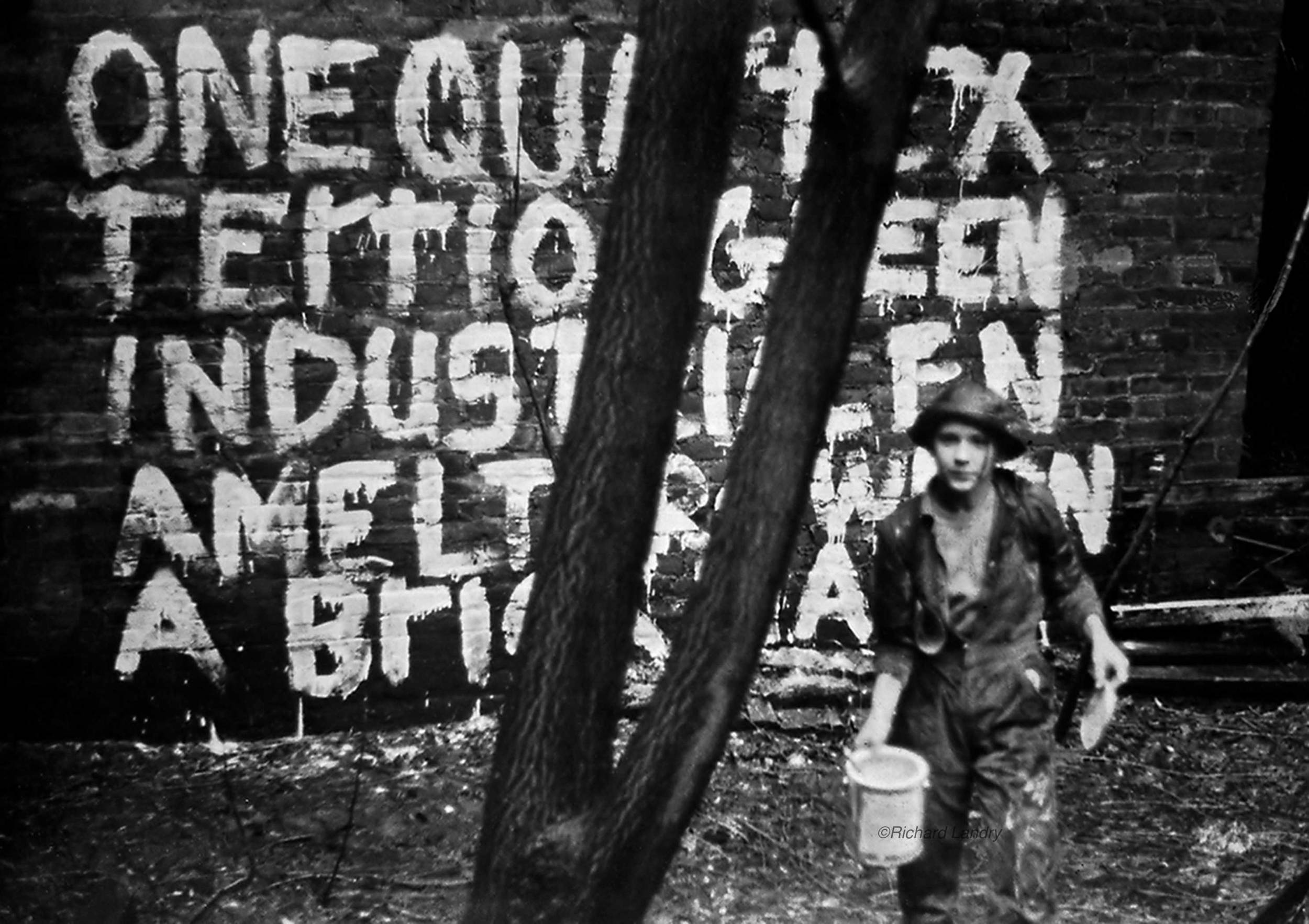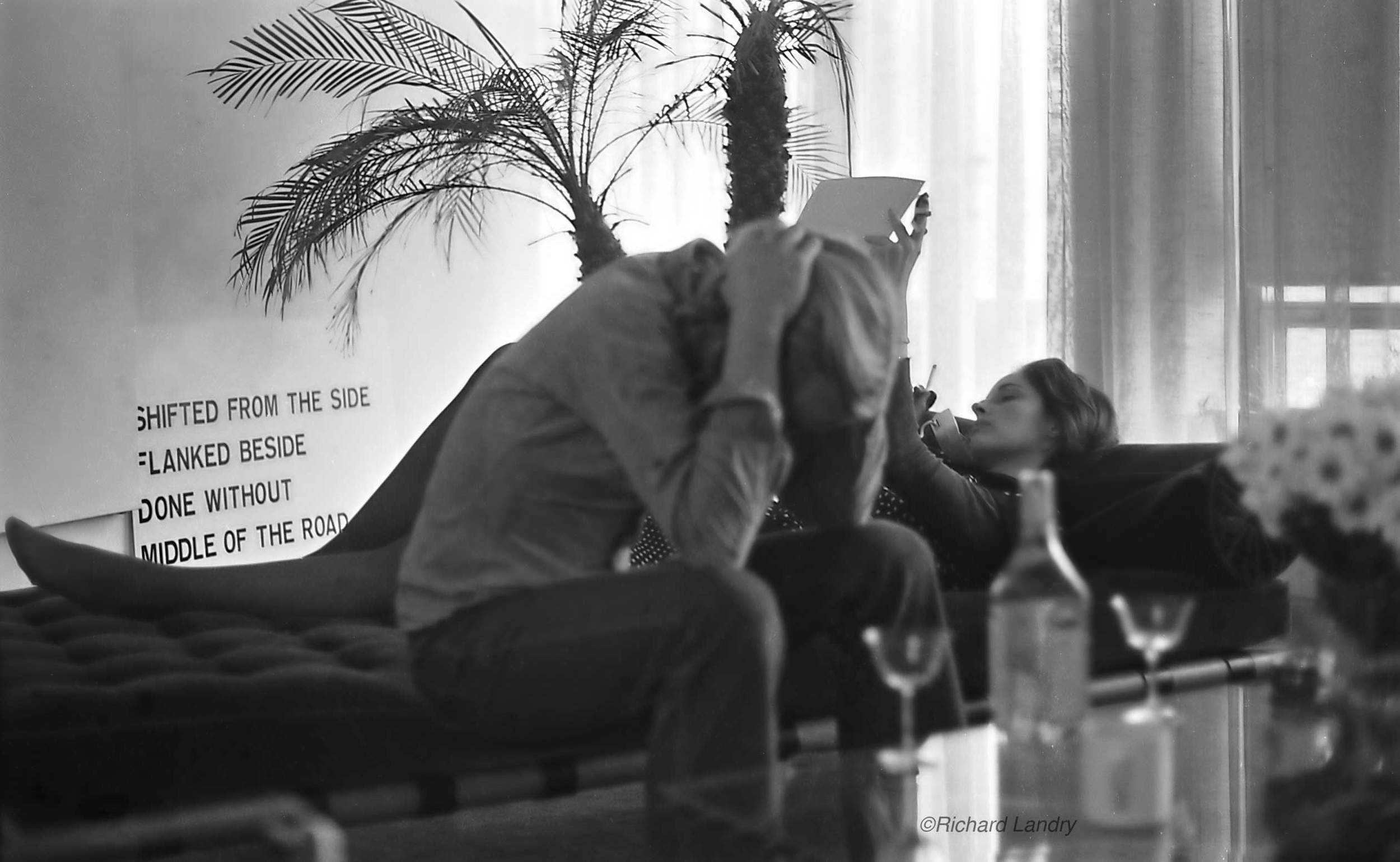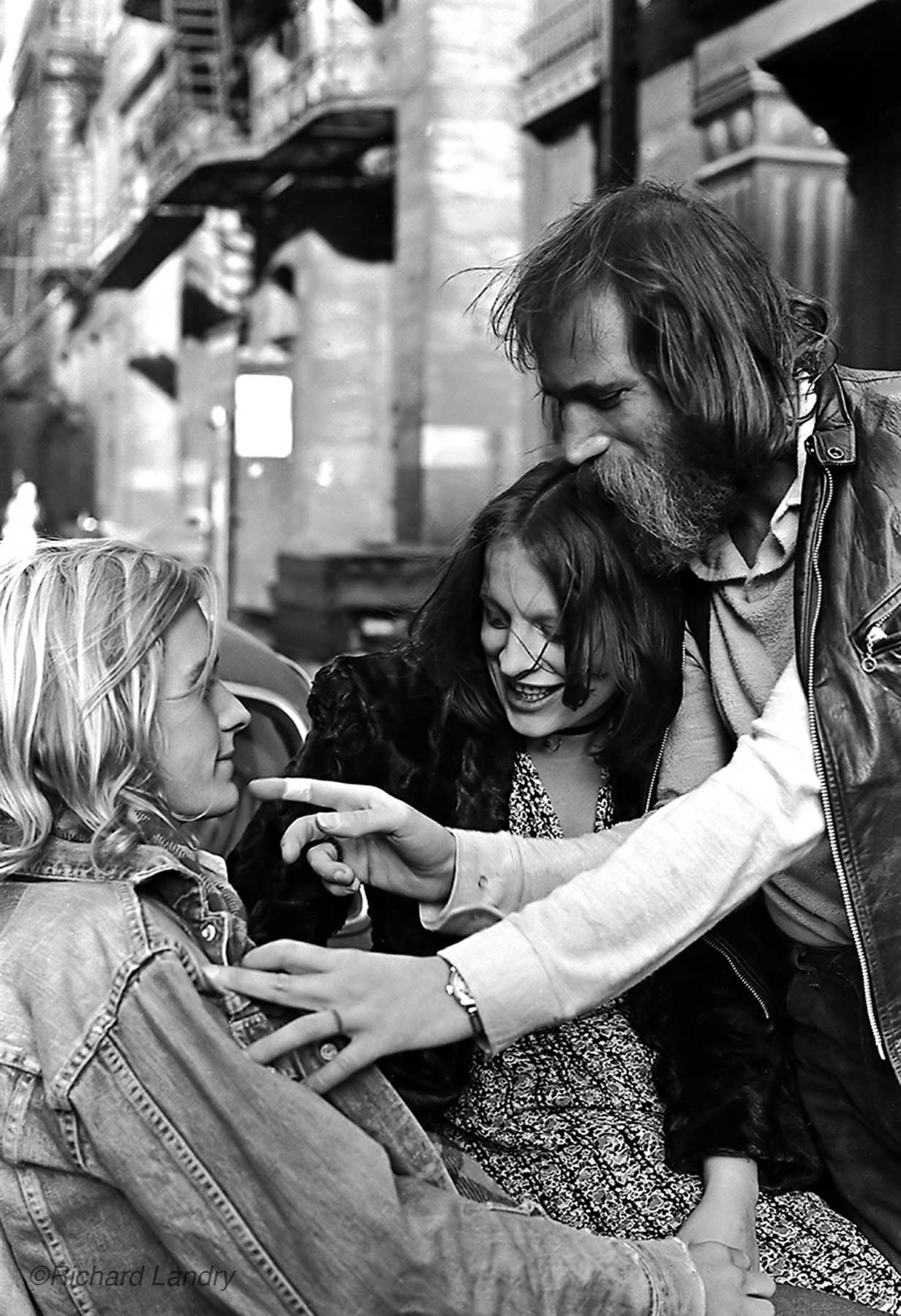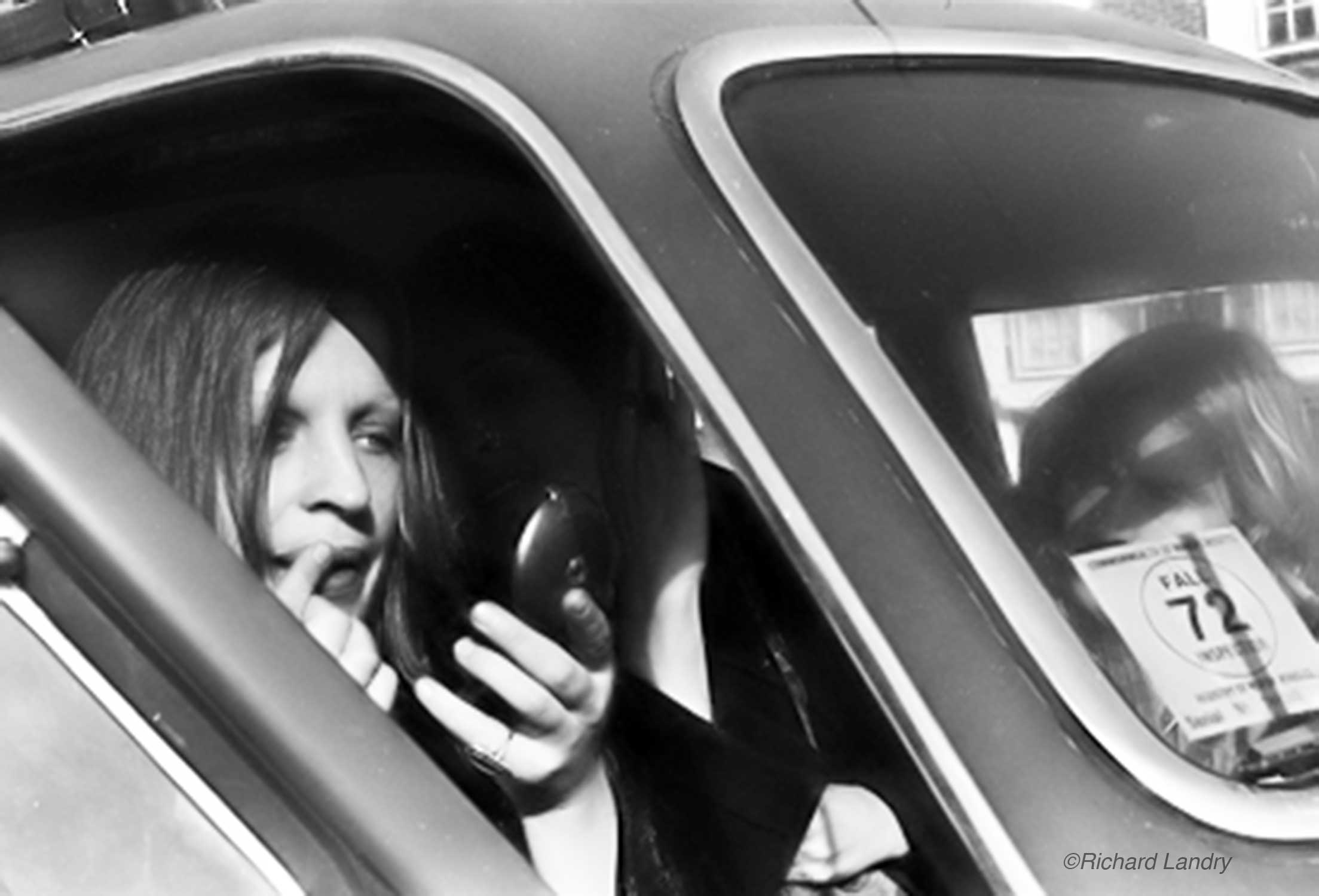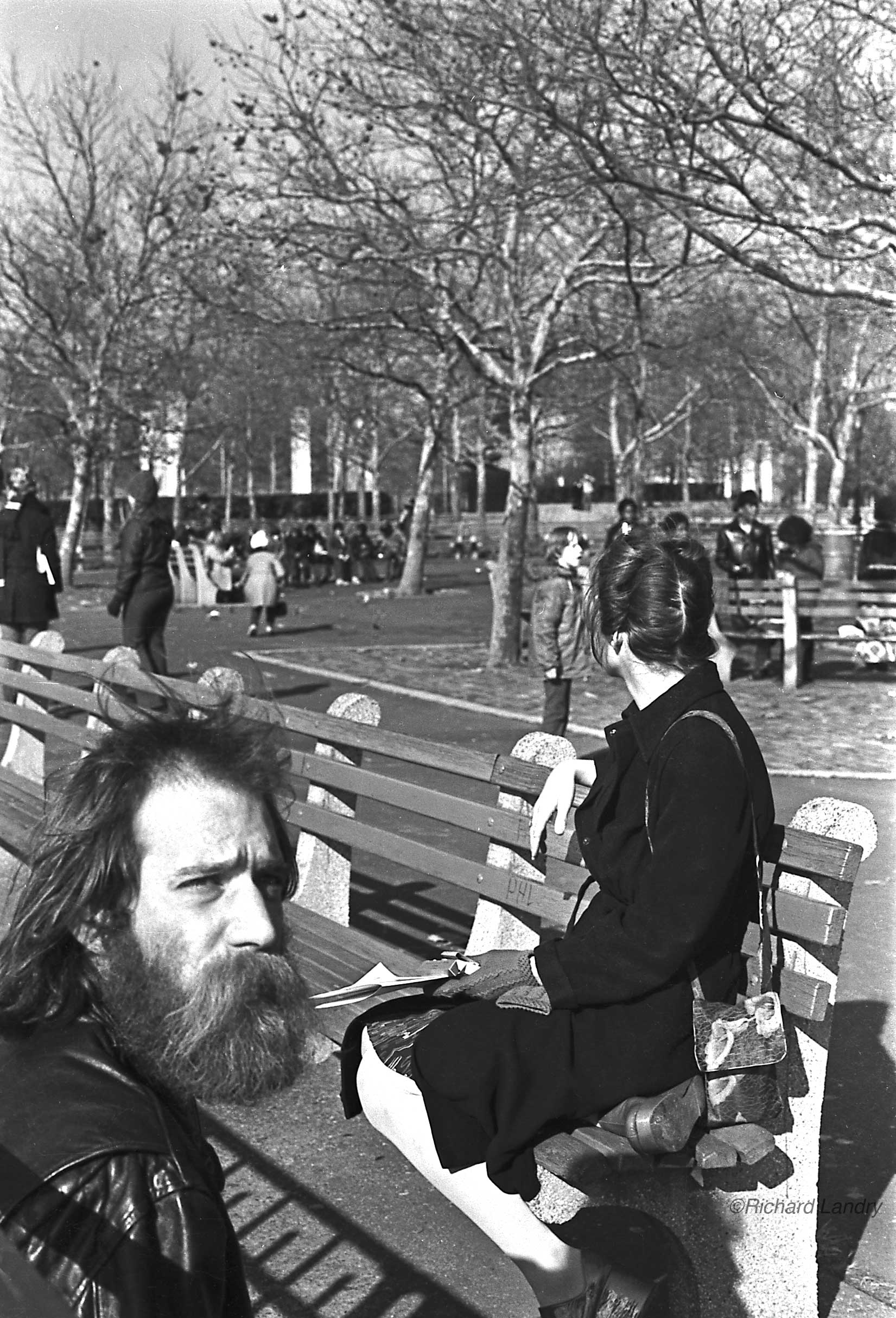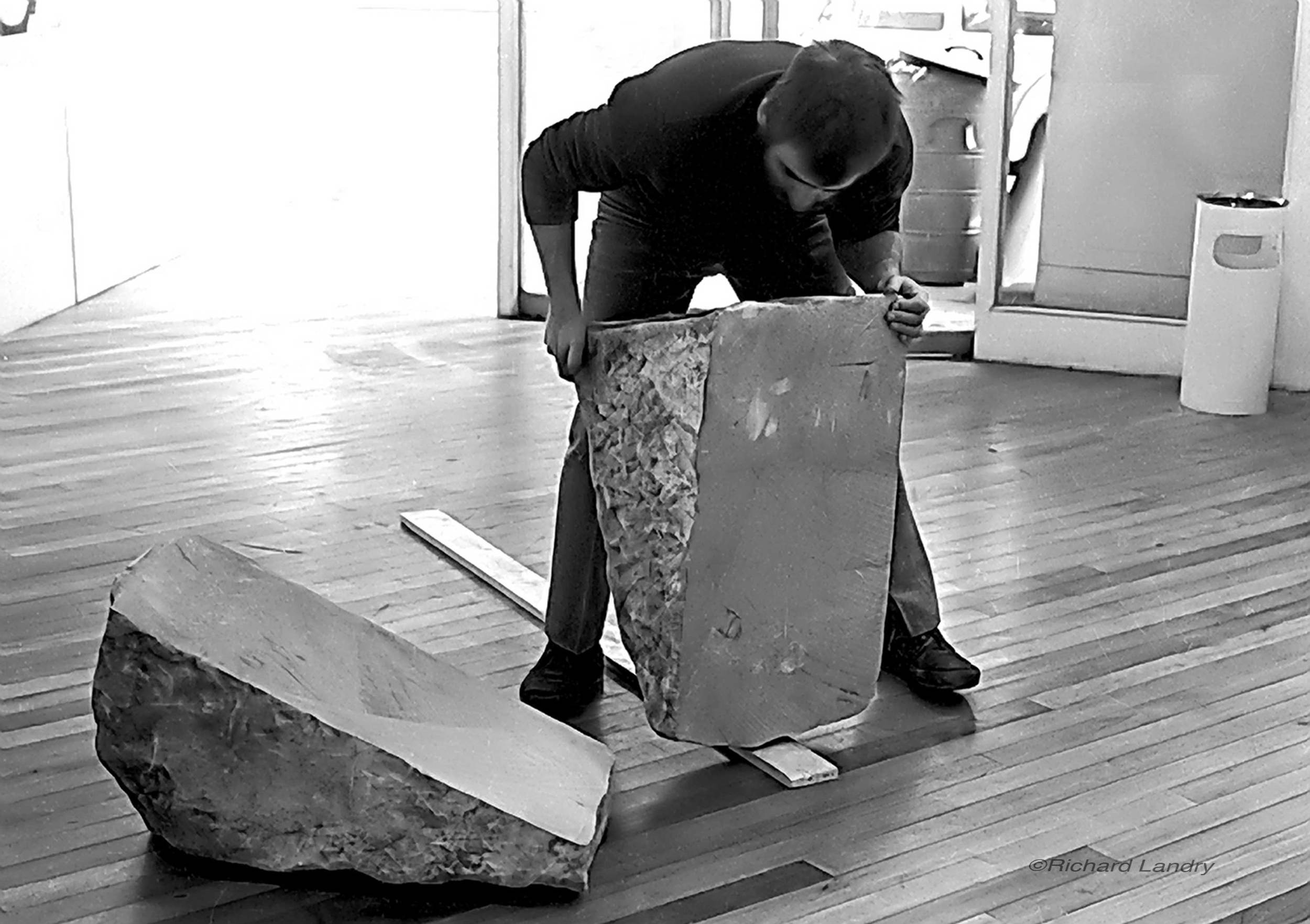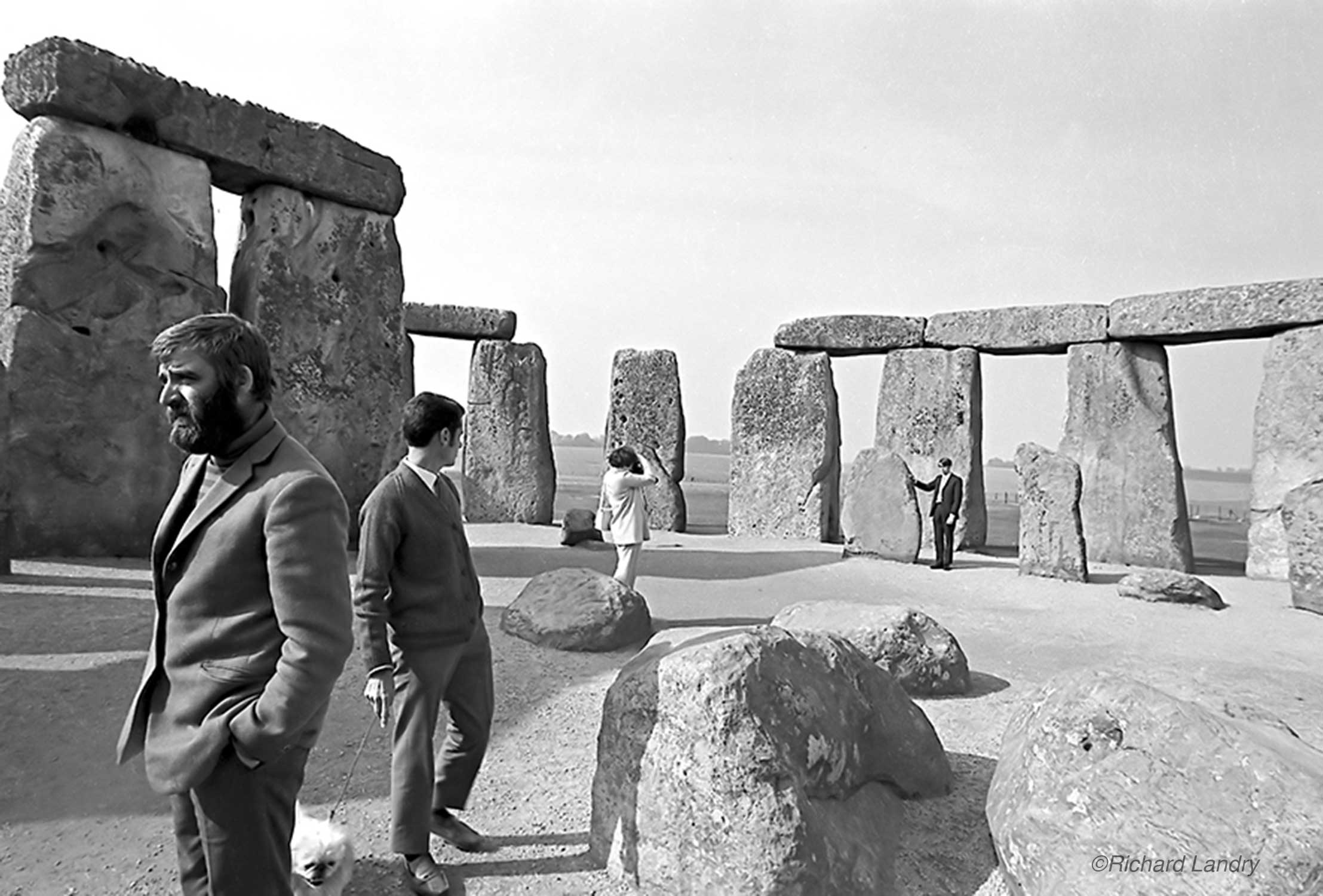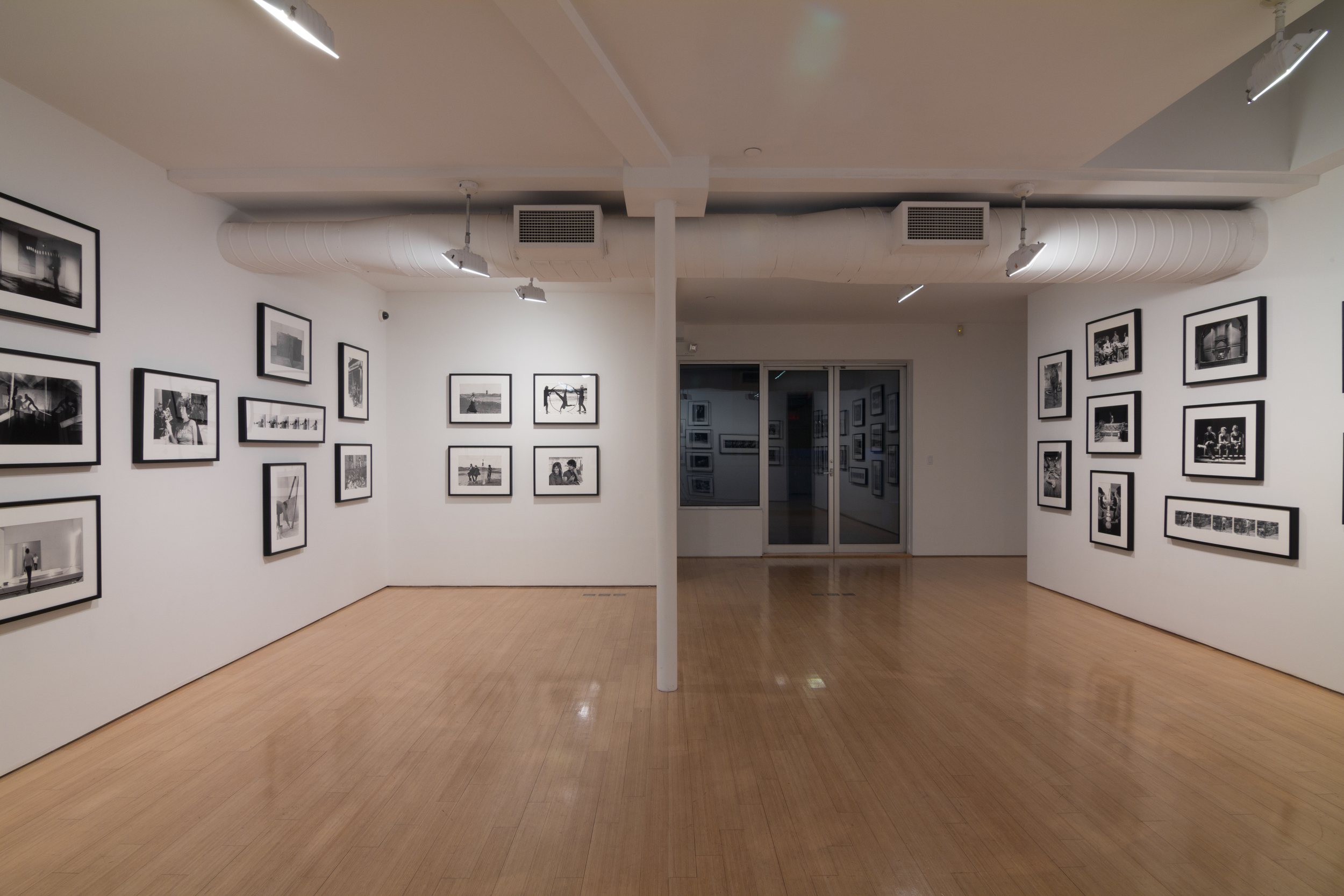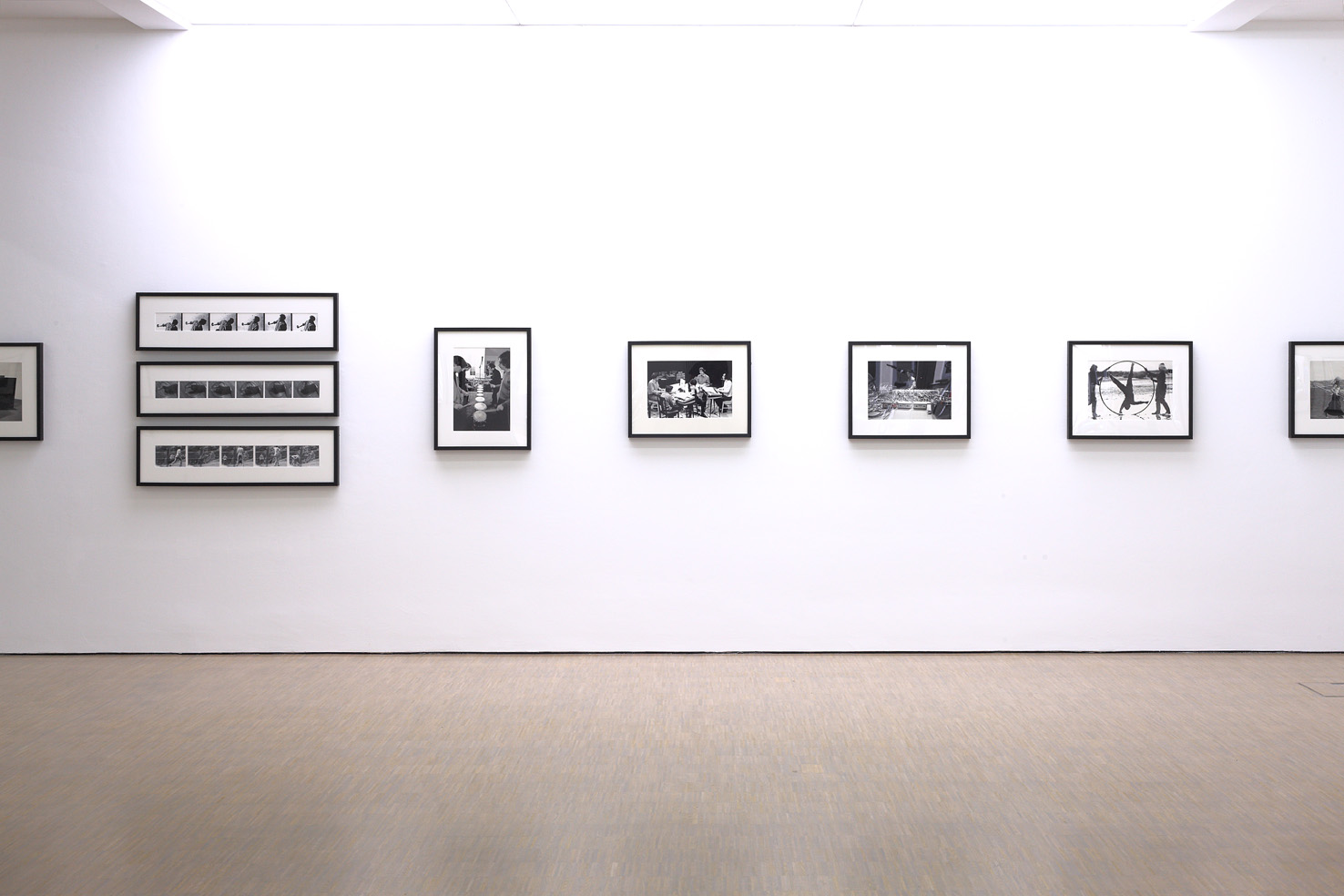Photography
"Why, When & How"
Subject: Robert Rauschenberg
A few months before I graduated from Cecilia High School in 1956 I was having very serious thoughts of what I wanted to do with my life. Did I want to be a jazz musician, a classical musician and or a classical artist? I was interested in art and music and would frequent the school library reading books on the subject. Each week I would read articles about art in the Times Magazine’s publication. I came upon an article about Robert Rauschenberg and the work mentioned was now exhibited in a museum. The painting, titled Bed, cleared all of the questions of who and what I wanted to be, I was free of all restrictions. He simple painted his bed and exhibited it.
Bed is one of Rauschenberg’s first “combines” the artist’s term for his technique of attaching found object, such as tires or old furniture, to a traditional canvas support. In this work, he took a well-worn pillow, sheet, and quilt, scribbled on them with pencil, and splashed them with paint in a style similar to that of Abstract Expressionist “drip” painter Jackson Pollack. Legend has it that these are Rauschenberg’s own pillow and blanket, which he used when he could not afford to buy a new canvas. Hung on the wall like a traditional painting, his bed, still made, becomes a sort of intimate self-portrait consistent with Rauschenberg’s assertion that “painting relates to both art and life…[and] I try to act in that gap between the two.”
Soon after arriving in the city in 1969 I befriended a dancer who needed a 16mm projector to show her 16mm film. She had invited a few guests to the viewing. The first person to arrive was Robert Rauschenberg. I said, "Before you come into my apartment this is the story of how I know you and your work." He then asked, "What I had to offer as a drink", I said, "Jack Daniels,” his favorite.
Shortly after that while working with Keith Sonnier he mentioned that he was looking for a 16mm camera to make a film. I told him that Rauschenberg had one and he should call him. I ended up calling and I was invited to dinner at 6pm at 6am the next morning, completely drunk, I was leaving with his camera. As I was walking out the door he said, “wait a minute, you are leaving with my $12,000 dollar Airriflex Camera and I really don’t know who you are ---pause ---but you are from Lafayette so you are ok.” His connecting to Lafayette and Louisiana is that his family had moved to Lafayette in 1948.
To make a long story short we became great friends and was privileged to perform solo saxophone at many of his openings as well as his traveling world tour exhibit ROCI (RAUSCHENBERG OVERSEAS CULTURAL INTERCHANGE) After his death I performed for the Memorial Services in Fort Meyers, Florida the Aratani/Japan American Theater in Los Angeles and the Temple of Dendur at the Metropolitan Museum of Art in NYC.
Thank you Bob for a great ride and it isn’t over yet!

